|
Also available on Famicom Disk System, Commodore 64, Commodore Amiga, Game Boy Advance, Wii, Wii U, 3DS, Switch, PlayStation 4, Xbox One MS-DOS, and Windows. Castlevania is one of Konami's late 1980s NES masterpieces, and it's easy to see how it spawned such a prolific series, even netting itself a recent Netflix series. Even more than 30 years later, the game remains extremely playable and addicting. While the events of the game are different from Stoker's novel, the game's antagonist is clearly inspired by the book's villain. You know, having the exact same name and all. Castlevania stars the protagonist Simon Belmont on his quest to rid the world of the evil vampire Count Dracula. Dracula had been slain by Simon's great-grandfather, Christopher Belmont, a century prior to the game's events, but every 100 years, faith in God weakens in Transylvania, and Dracula is resurrected by evil men who long for chaos and destruction. Thus it fell to Simon, a member of the Belmont clan and current wielder of the legendary whip Vampire Killer, to fulfill his clan's sacred duty and slay Dracula once again, returning Transylvania to peace. For those unfamiliar with the game, Castlevania is an action platformer. For most of the game, you're moving in a side scrolling fashion, although there are many staircases to ascend as you make your way to the top of Dracula's castle. During the game's six levels, you'll fight hordes of Dracula's minions as well as five bosses before you face the vampire lord himself. As challenging as most of the bosses can be, with the exception of Frankenstein and Death, I found the levels to be more difficult than the end bosses. The levels are generally well designed, but there are a few parts where enemies leap while you're trying to get across narrow platforms over a death pit can induce controller throwing since you flinch back whenever you're hit. Those parts are obnoxious, but they're fair; the part of the game that would piss me off would be the occasions when enemies would fly through walls or platforms (the latter is common) that are supposed to be solid. I understand that it's a design choice, not a bug, but that sort of thing always pisses me off. While I generally found the levels more challenging than the bosses for the most part, the bosses provide some real challenge, especially the last three. One of the bosses - Death - is guilty of my OTHER major design pet peeve. In addition to flying around the level and attacking you, he always has four smaller scythes flying around the stage. These scythes can be (and pretty much must be) destroyed, but they respawn quickly. Now the bullshit part that I hate is that when you kill him, his scythes keep flying around for a bit, so even if you kill him, you can still get killed by a scythe and die. I almost broke my controller when that happened to me because he's a hard boss in general. Castlevania truly is a classic game. It's a damn hard game - even with save states, it's hard until you really memorize some of the enemy placement and boss attack patterns - but it's a damn good game. There are a couple of design choices that I found questionable, and there's a good bit of sprite flicker in parts that gets annoying, but all in all, it's an extremely enjoyable game and a must-play for fans of the NES. My Rating - BBuck Bumble is a game that is near and dear to my heart for reasons that are 90% nostalgia. The Nintendo 64 was the big system of my childhood, and growing up, I had a real fascination with this game. I'm not sure if it was the third person shooter gameplay - a genre for which I still have a great fondness - or the KILLER 1990s British garage rock soundtrack, but for whatever reason, this game was my shit as a 9 year old. Is the game really a fantastic gem of Nintendo's 64-bit powerhouse, or are my fond memories just my view through nearly 20 years of nostalgia glasses? So let's start with the premise. The game takes place in 2010 in England where a chemical spill has turned all of the bugs (except the heroic Buck Bumble) into crazy evil bugs that are part of the dastardly Herd (why they didn't call it the Swarm, I don't know, but whatever). You play through 19 levels, and while the game is a third person shooter and very much has the feel of one, since you're a flying bumblebee, it's really not much of a stretch to think of it as a flight combat game albeit a rather clunky one. You have you move and fight in all three dimensions, you some of the same aerial maneuvers that you'd expect to see in a flight sim, and fighting some of the enemy wasps can feel like a fighter jet dogfight. It's certainly not got the speed or intensity of, say, Crimson Skies, but it's worth noting. Releasing in 1998, Buck Bumble came out right in the middle of the Nintendo 64's lifespan, and the developer - Argonaut Games - was no stranger to working with Nintendo as any SNES fans will know. With those two things in mind, then, Buck Bumble's visuals and performance can feel pretty disappointing. The graphics certainly aren't bad for the time, but the fairly low resolution textures and EXTREMELY limited draw distance (even for England, this fog is ridiculous) do take their toll on the game's visuals. Also leaving some to be desired is the game's performance; the frame rate sits around 15 fps for the majority of the game. Sometimes it goes up towards 30, sometimes it goes down towards 10, but in general, it stays around 15 relatively consistently. The bright side - if there is a bright side - is that the dips and spikes are infrequent enough that it's fairly easy to get adjusted to the low frame rate. The last of my complaints with the game are the controls. They're fairly simple to get the hang of; A accelerates you, B slows you, Z fires your weapon, R does a sort of circular back flip thing, the D pad cycles through your weapons, and the control stick moves your character. The part of the controls that I didn't much care for was the sensitivity. The control stick can be very sensitive, and it's difficult to hover in place for long, making aiming extremely difficult, especially when you're being attacked. This can lead to a lot of wasted ammo as you fly around trying to the hang of the aiming. Eventually, you will get a feel for it, but it will take a fair bit of time and practice. What DOESN'T suck, however, is the game's music. That opening theme is legit the hottest track of 1998. The whole soundtrack is superb, and while NOTHING could be as awesome as that main theme, the background music for the game is fantastic and keeps the energy up throughout the game. Honestly, the game's worth putting in your N64 and just leaving on the title screen for mood setting. Throw a killer rave or get drunk and have a shitty dance party. This game's soundtrack is perfect. Having revisited 9-year-old Mr. Deck's favorite Nintendo 64 game as a 25-year-old, it's clear that a lot of my fondness for it is, indeed, nostalgia, but not all of it is. The music is actually BETTER than I remembered, and while the game doesn't look nearly as impressive as I remembered, the gameplay holds up fairly well. Yeah, it's not the best performing game on the system in terms of framerate, and the aiming and control definitely takes a bit of practice, but once you do get a feel for those flaws and learn to compensate for them, it's still a really fun game. As of this posting, it goes for about $10 or $12 online, and I'd definitely say it's worth that much. Screw Bubsy; let's get an HD reboot of Buck Bumble. My Rating - BAlso available on PlayStation 4, Xbox One, and Windows Snake Pass is an indie physics based 3D platformer with a premise that I found fascinating when I first read about it - you play as a snake. Granted, it's a stupid snake (what kind of snake is a vegetarian?) named Noodle, but still, a platformer where you play as a snake sounded really cool. Unfortunately, the best part of the game is the premise. Story is definitely not this game's strong point. Honestly, I don't even remember what the story is, and I started the game this week. Something about having to recover magic crystals to restore portals or...something. That's your objective in each level - find a green, yellow, and red crystal, bring them to a portal to activate it and leave the area. In addition to your main objective, there are like 15 or 20 bubbles in each level and 5 golden coins that you can collect. They don't really do anything; there aren't any secret levels that they unlock or anything. They're just kind of there to give an extra little challenge. I promptly ignored all of the ones that I didn't stumble upon as I searched for the crystals. In general, this game personifies "okay." The visuals are good, but they're not mindblowing. The sound design, both music and sound effects are extraordinary only in their mediocrity and sheer forgettability. The game does excel in one area, however - level design. All of the game's 15 levels - broken into four different worlds - are very well designed and keep the challenge interesting and gradually increasing. Well, mostly gradually; there are a couple of parts that are abruptly REALLY difficult. Most of the game's difficulty, however, are due to the aspect that pretty much totally undermines the game's fantastic level design - controls. On the surface, the controls seem fine; the right trigger makes you slither forward, the left trigger makes you grip (to help with coiling or climbing), the Y button has your hummingbird friend (named Doodle) pick up your ass, and the A button lifts your head (so you can climb). The left control stick controls which way Noodle moves, and the right control stick controls the camera. Pretty standard, right? Well, there's one GLARING flaw with the controls - Noodle will abruptly start moving in the opposite direction if the camera passes a certain threshold. If you're turning to the right and move the camera, you'll start turning to the left so quickly that it's a miracle the damn snake doesn't get whiplash. Couple this with a generally shitty camera that seemingly goes out of its way to do the opposite of what you want it to, and you take what could have been a fun platformer and get a recipe for unbridled frustration. I was really enjoying the challenge up until about level 12 or 13. Then it became more frustrating than fun, and that's not a point that games should hit. Snake Pass is a tragic story of a young indie game bursting with potential and living up to none of it. Well, "none" is a bit harsh; it does have some legitimately clever level design, and the concept is brilliant. If you can get past the awkward controls and temperamental camera, one might have a lot of fun with this game, although the game feels a bit like trying to play Sonic the Hedgehog with Chris Redfield from Resident Evil (a description some of my Racketboy friends found hilarious). Even with those issues, though, I really enjoyed the first three quarters or so of the game. Towards the end, though, the camera and controls just get too frustrating to be worth it. It's definitely not worth the $20 it currently costs, but if you see it on sale for less than $10, I'd say it's worth a sale download. My Rating - CAlso available on PlayStation 2, Xbox, and Windows Panzer Dragoon was one of the few truly stunning system exclusives that Sega Saturn owners could boast back in 1995, and as an exceptional Saturn exclusive, it gained a bit of a cult following. I picked this up in a bundle with the other two Panzer Dragoon games on Saturn five years ago, so I figured it was time to fire up again for a replay. For those unfamiliar with Panzer Dragoon - and shame on you for that - it's a rail shooter not entirely unlike Space Harrier that takes place thousands of years in the future in a post-apocalyptic world ravaged by a great war between humanity and their biologically engineered weapons. One of the nations, known only as The Empire, discovers a large tower near their capital; in this towers, they harness the power to control the monsters that roam the world, and they soon use this power to conquer nearby nations and expand their power ever farther. You play as a hunter who, after seeing an Imperial airship fly past him in a canyon, is attacked by monsters and chases them into a large cavern where he finds ancient technology and, soon after, a black dragon against which his weapons are useless. He loses consciousness and later awakens to see a blue dragon piloted by a mysterious rider. This rider makes a psychic connection with the hunter, tells him not to let the black dragon reach the tower, and then promptly dies, leaving this clueless - and probably completely uneducated - hunter as the only person standing between the world and conquest by the Empire. I assume. Honestly, the story isn't entirely clear to me as it's told entirely in series of cutscenes. As one might expect from a rail shooter, Panzer Dragoon is not an especially long game; there are six stages (four if you're playing on Easy) and a final boss. If you don't die, each stage takes roughly seven minutes or so, I'd guess, and the final boss will probably take about that long as well, maybe a little less. Including time for deaths, you're probably looking about an hour or two to playthrough once, so it's easily doable in an afternoon or if you just want a quick revisit. It's well worth revisiting, as well; while the frame rate isn't great and the controls may feel a bit imperfect (I've heard it's better with the 3D pad, but I don't have one yet), it's still a fantastic game nonetheless. Those of you familiar with fifth generation consoles know that the Saturn wasn't the best designed for 3D visuals, so while Panzer Dragoon certainly doesn't look bad for the era, the 3D textures don't look quite as nice as they might had game been on PlayStation or Nintendo 64. The best aspect of Panzer Dragoon isn't the gameplay, the visuals, or the story, however, but the music. The music is absolutely PHENOMENAL. The soundtrack is almost entirely orchestral, and it truly is one of the best video game OSTs of that entire generation. From the first French horn notes of the opening theme, anyone at all familiar with music will realize just how special a soundtrack the game has, and even those not versed in music will be able to appreciate just how grandiose the entire musical production is. Panzer Dragoon truly is a marvelous and very special game. Like most games of that era, it hasn't aged particularly well from a gameplay or visual perspective, but even so, it's still a great experience and an absolute must-have for Saturn collectors. It's a shame that, other than a Windows port in 1997, the game's never gotten a rerelease in North America. This is the kind of game that would have been PERFECT for a port to Wii that used motion controls. Thankfully, we did eventually get a full remake, but the original on Saturn still holds a lot of charm in my opinion. My Rating - ACrimson Skies: High Road to Revenge is one of the games that always gets mentioned when discussing the best Xbox exclusives, and despite the fact that I've had the game since I bought my Xbox back in 2012, it wasn't until this week that I actually played it. I'm not sure why I put it off so long; I absolutely adore flight combat sims. I had played some of the multiplayer previously (locally, obviously), but man, I had no idea just how great a game I was missing out on. So Crimson Skies takes place in an alternate universe 1930s where the United States broke up into a handful of nations following the end of World War I, and instead of automobiles and large tanks, airplanes and airships became the dominant means of transportation and combat. With the collapse of the United States government and relatively weakness of the various resulting governments, air piracy as ballooned into a major source of criminal activity. You play as Nathan Zachary, and the game begins the morning that your character wakes up to a gun in his face. Nathan spent the previous night gambling - unsuccessfully - and lost his prized fighter plane as well as his pirate airship. The first part of the game consists of getting back that which you lost and settling the score with the Ragin' Cajuns, the rival pirate gang to whom you lost your aforementioned aircrafts. After that, you visit an old friend, end up stumbling on a potentially apocalyptic evil plot, and set out to thwart the bad guy and save the world. Or at least Chicago. The game consists of four pseudo-open world areas and a final boss fight. You can collect money from completing various mission, and you earn upgrade tokens either by finding them hidden in the world or by completing story missions. With money and upgrade tokens, you can upgrade each of your planes (of which there are a total of 12) to give them slight stat bumps. It's rarely a dramatic increase - a couple of points in each of the three stats (defense, speed, and firepower), but it helps. In addition to the main story missions, there are a handful of side missions, and each area has a race on which you can wager money. The controls are fairly simple, and I mean that in the best way possible; your airplanes control beautifully, and flying feels like swimming through a pool of cream. The left stick steers, the right stick rolls, and clicking the right stick before moving both sticks in a certain direction can perform a few special maneuvers. The B button brakes, the Y button accelerates, and the X button is your general "action" button to take a plane lying in the environment, initiate a mission, or enter an AA gun. The right trigger fires your primary weapon of which you have unlimited ammo, and the left trigger fires your secondary weapon of which ammo is finite. The multiplayer is basically dogfight deathmatches, and it's IMMENSELY fun. The sound design in the game is fantastic. The voice acting is decent - not horrible, but nothing special - but the music fits the situations, and the sound effects are great. Slower, more powerful weapons have a really meaty bass to them, and the faster firing weapons are loud and proud. Nathan has some fantastic one-liners, as well - the kind that are stupidly lame but freaking amazing nonetheless (hell, probably BECAUSE they're so lame). The visuals are a bit more polarizing; while the actual gameplay looks fantastic - especially in 480p if you have component cables - the cut scenes feel a bit...off. In general, they look fine, but they look just a little murky, almost as if the video compression weren't quite right. I can't quite put my finger on it or put it into words, but the cut scenes just didn't look as clear as I might have hoped. A very eloquent and precise description, I know. Crimson Skies: High Road to Revenge definitely deserves the praise it gets, and it's definitely one of the Xbox's best exclusives. Most modern flight combat sims don't hit the perfect balance and control that Crimson Skies manages, and each of the various planes from which one can choose feels unique and has its own pros and cons. My personal issue with the cut scenes aside (and truthfully, they still look good for the time), Crimson Skies does almost everything right. It looks great, it sounds great, it plays great, and while the story isn't amazing, it's interesting enough to keep you going with humorous dialogue to keep you entertained. Combine that with some simply brilliant level design (especially the last area, holy crap), and you've got a must-have for any Xbox collector. Thankfully, it's backwards compatible on Xbox 360, Xbox One, and Xbox Series X, so if you have any Xbox console (aside from the Series S, you all-digital peasants), you can play this gem. My Rating - AAbout a week ago, I found myself wanting to play something on my Switch but just a little too drunk for Breath of the Wild, Mario Kart, or Bomberman. I remembered that I still had about €6 on my French eShop account, so I pulled it up to see if I could find anything that looked interested and fit my six Euro budget. I saw Kamiko, and while I'm generally pretty sick of the pixelated "retro" style games, it looked interesting enough, and most importantly, it was only €4.99 - even with tax, I could afford that with what was on my account! Honestly, I have no idea what the story is in Kamiko; it didn't really interest me. Something to the effect of "I want to become a super priestess warrior and fight evil reconnect the heavens and Earth, thereby saving the world or whatever!" A for effort, D for execution as far as plot goes. As for gameplay, it feels a little bit like a mix of Link to the Past and Ys. Actually, it resembles Link to the Past WAY more than it does Ys, but for some reason, I kept thinking about Ys I when I was playing Kamiko. When you start the game, you have three characters from whom to choose. Yamato is a close ranged sword wielder who, according to the interwebz, is best suited for beginners; Uzume is an archer so naturally long ranged; and Hinome, whom I chose, is a bit of a hybrid of short and long range, throwing a mirror shield like a boomerang for a powerful ranged attack but also wielding a dagger for close quarters attacks while her shield is still in the air. The biggest problem I had with the game is the length. There are only four levels with a boss after each (the last boss has two phases). Even for a five Euro game, it's EXTREMELY short; my playthrough with Hinome took me just a little over an hour, and if and when I go back and play with the other two characters, I will probably only take me about 45 minutes for each playthrough since I now know roughly where the switches in each level are and how to beat the bosses. Don't get me wrong - the gameplay is a lot of fun, and I thoroughly enjoyed my time with the game - but it's so short with no real replay value. Even the storyline is identical across the three characters, so there's not a lot of incentive to replay it with the other two. Kamiko truly is a fun game, but it's just too short to recommend highly. If it happens to go on sale in the future - maybe $3 or less - then by all means, download it. It's a great action-adventure game. Just don't expect to get more than an hour or so out of a playthrough. The art style is lovely, and the music and sound effects fit the game well. It's just a shame that there's not that much game for them to fit. My Rating - BBehold, boys and girls, the glory of Splatoon 2, the Little IP That Could. A few years ago before Splatoon came out for Wii U when I heard that Nintendo was working on a new IP that would be a competitive shooter focused on online play, I was skeptical like many folks. Nintendo making a shooter? Unusual, sure, but not unheard of - just look at Metroid Prime. Nintendo making a competitive online shooter, though? No way this will end well. Nintendo has no idea what it's doing with online connectivity. And in fairness, they still have no idea what they're doing with online connectivity, but despite having all of the minor details mucked up horribly - matchmaking with friends is pants, voice chat requires that you be in a private game with friends rather than just in a party in-game, and the fact that the Switch requires a smartphone app for voice chat in the first place - the gameplay is so damn good and so damn smooth that you almost don't care about those glaring flaws. Almost. On the surface, Splatoon 2 is really just Splatoon 1.5, and in a lot of ways, it is essentially an enhanced port of the Wii U original, but when you dig deeper, there's a fair bit of added content that justifies calling it a sequel. The Inkopolis Square looks more or less the same as the original game - just a few things moved around - the center of the square is still the online arena. You have your usual Turf War unranked game mode where you gain experience and level up based on your performance. When you reach level 10, you unlock Ranked Battles which vary between three different game modes. Once you reach rank B- in Ranked Battles, you unlock League Battles. League Battles are bit different in that they are large scale battles taking place over the course of 2 hours to see which team can accrue the highest score. Only the most extreme squid kids need apply. The last online game mode is Salmon Run, a horde-style game where you fight endless waves of enemies and bosses while trying to collect golden eggs. As for the single player, it's still not amazing, but in my opinion, it's much improved over the first game. Again, the Octolings have kidnapped the Giant Zapfish, but Callie, one of the Squid Sisters from the first game, has also vanished. Is it connected? It is a coincidence? Who knows? Marie is dead-set on finding out, though, and enlists the help your fresh self. The single player campaign is divided into five different sectors with roughly half a dozen levels plus a boss in each. Starting partway through, Sheldon, the weapons dealer, will start assigning you a weapon to use in most levels, claiming that he needs field data. While this can get irksome with some levels, in general, it's a fun way to change things up and get a little bit of experience with the game's various weapon types. As one might expect with Splatoon if ones knows anything of the game's style, the highlight of the single player is definitely the music. Each sector has its own vibe, and the music is set to match each of them. The campaign's five bosses all have their own weaknesses and style; it's not just the "shoot it a lot until it dies" type of boss like a lot of shooters have. Most of the bosses are fairly easy once you figure out their attack patterns and weaknesses, but that doesn't detract one bit from the enjoyment of fighting them. With the release of a new trio of amiibo for Splatoon 2, I have to address their functionality. There are now - including the amiibo released for the original Splatoon - 11 different Splatoon amiibo. You've got the original trio, the palette swap trio, Callie and Marie, and the Splatoon 2 trio. Unfortunately, the two sets of Inklings from the first game are read as the same amiibo, but even then, that's 8 unique amiibo that you can scan. What does scanning these amiibo get you, though? Super fresh exclusive gear! The 6 non-Squid Sisters amiibo will each get you three pieces of gear - one at level 1, one at level 6, and one at level 9. The two Squid Sisters will each get you one piece of exclusive gear after you clear the single player. They're not game-changers or anything, but they do look pretty sick and have three trait boosts each. What a lot of people are probably wondering is how the performance differs from the first Splatoon. It's no secret that the Wii U's hardware was very weak when compared to the PlayStation 4 and Xbox One, and while the Switch still isn't quite up the level of those two, it's significantly stronger than the Wii U (especially given that it's basically a handheld on steroids), and it definitely shows with Splatoon 2. The first game looked pretty good, remember, locking an almost flawless 60 fps, although that did come at the price of a 720p resolution with no anti-aliasing. Splatoon 2 ups the ante with a (mostly) full 1080p resolution while still maintaining a locked 60 fps. Granted, this resolution is achieved through dynamic scaling, going from 864p to 1080p in docked mode and between 648p and 720p in handheld mode, but it's done extremely well, so much so that you won't notice the scaling unless you're looking for it. It is worth noting, however, that obviously, the game renders at 720p in handheld mode). The game also features dynamic shadows - something the Wii U original lacked - although these shadows aren't the most detailed. One of the most satisfying improvements (despite sounding minor to those who haven't played the game) is the ink texture work. When looking at ink that's been sprayed on the ground, it sometimes looked rather flat and dull on the Wii U game. In Splatoon 2, however, the ink has a much "goopier" appearance with MUCH more impressive lighting effects and texture work. It sounds minor, but given that the purpose of Turf War is to spray as much of your team's ink on the ground as possible, you'll be looking at the ink way more than anything else. Splatoon 2 is an EXCELLENT sequel and an absolute must-have for Nintendo Switch owners. It's not a masterpiece - the complete muck up of voice chat and inability to team up with friends in public games are major disappointments even if not surprising - but the online mode is devilishly fun and addicting, even for folks like me who usually don't get much enjoyment from playing shooters online. The attitude of the game, the feel and tone of the visuals and sound design, and the damn amazing feel of the controls all make Splatoon 2 one of the most addicting games on Switch, right up there with Mario Kart 8 Deluxe and Legend of Zelda: Breath of the Wild. If you have a Switch and DON'T own Splatoon 2 yet, you're doing yourself a major disservice. Go out and pick up that game TODAY. Also, Nintendo missed a huge opportunity by not stylizing the title "Spla2n." Just saying. My Rating - AAlso available on Switch, PlayStation 5, Xbox One, Xbox Series X, and Windows The Witcher 3 is actually the first game in the series that I bought despite being the last game in the series that I played. It's a game that long intimidated me due to its gargantuan length, especially considering that I have the Complete Edition with both the Hearts of Stone and Blood and Wine expansions as well as 16 more minor DLCs. A tall order of a game, to be sure. It's definitely a game worth playing, though, and well deserving of such a time commitment. For those no in the know, The Witcher series is based on a series of Polish novels about the witcher (or monster slayer) Geralt of Rivia. This third entry does absolutely make reference to the previous two games, and while having previously played those two is not necessary to enjoy this game or understand its story, it definitely helps. There are, however, character entries in the journal and a location glossary that can help get folks who either haven't played the first two games or haven't played them in along time up to speed. Ironically, one of the things that makes the game approachable to those who haven't played the first two is one of the very few problems I had with the game - they leave out ENORMOUS chunks of narrative and context from the books. I've not read the books, so I don't exactly how much or what got left out, but I played both The Witcher and The Witcher 2 within the last six months, and there were multiple situations in which I had no idea what folks were talking about. Ciri, the central figure of the game's entire narrative, is - to the best of my memory - never mentioned in the first two games, but now she's the entire engine driving the story. The Wild Hunt had been mentioned as legendary wraith horsemen of some sort spoken of only in hushed whispers, but suddenly it's common knowledge to Geralt and his gaggle of friends that they're just douchebag elves from some other world. The problem is that - again, to the best of my memory - the player wasn't informed of that aside from just noticing that it's obvious to everyone else. The combat and gameplay are much improved over the second game, and Geralt is an absolute treat to control. It doesn't feel nearly as forced and stilted as in the first game. The visuals are splendid, and using the PS4 Pro's boost mode ensures that the game runs at a silky smooth frame rate for almost the entire duration. The sound design, however, is what really steals the show in my opinion. The music fits the action and tone of the game better than most, and the ambient sounds of the world, be it the clopping of a horse's hooves or the gentle splash of the ocean against the shore, give the world a very real and organic feel. The voice acting, while not without its faults, is also quite good. I've been told that the original Polish voice acting is superior to the English, but as that's not an option on the PS4 release, I can't speak to that. My only real problem with the voice acting is less a flaw, per se, and more a stylistic choice with Geralt's characterization. He has that perpetually gruff, monotone voice that has become a bit of a trope for the rugged, tough hero. It's not that it's poorly done; I just think it limits how effectively and how deeply the character can be developed. There are few other very minor issues - some of the incidental NPCs' lines don't sound exceptionally well acted, but those are very minor occurrences that one will typically not notice more than a few times during a playthrough. Turning attention to the two major expansions, each one contains as much content as one would expect from a full, stand-alone RPG, and the Blood and Wine expansion is longer than a lot of RPGs I've played. Hearts of Stone revolves around an enigmatic and terrifyingly devious otherworldly being known as "Master Mirror" and a man, seemingly immortal, who has entered into a contract with him and now depends on Geralt to free himself from Master Mirror. Hearts of Stone adds an enormous amount of content, but it adds that content to parts of the world that one would explore normally over the course of the base game. Blood and Wine, on the other hand, adds an entirely new area to explore - the Duchy of Toussaint. Not only are there TONS of side quests to complete in Toussaint and points of interest to explore, but the main story quest line is long and extremely well told with a narrative that will hook and fascinate players from the outset, not to mention the three possible endings for that quest line. In addition to all of this - and this was one of my favorite parts - part of the quests involve taking ownership of an abandoned estate in Toussaint, giving the player a house that can, to a certain extent, be customized and serve as a base of operations to rest and gain a few buffs. The most impressive thing about The Witcher 3 to me was that it didn't wear out itself welcome. I've played games half this length that left me thinking "Okay, this was fun and all, but I'm ready for this to be over now" halfway through the game. I never experienced that with The Witcher 3. Certainly, there were games other than this that I wanted to play, but I never wanted to just quit playing this. That's a very uncommon thing for me when it comes to games of this length, and it was definitely a must for me to be able to make it through the game and all of the non-Gwent based side quests along the way. Speaking of Gwent, there are a few minigames that you can play as parts of various quests or just for fun in the game. You have, of course, Gwent, a trading card game based on characters from The Witcher universe. It's a fascinating game and one that would do well as a fleshed out, stand-alone game (and lo behold, that's exactly what they ended up doing). In addition to Gwent, you've got fisticuffs and horseback races. While I ignored the Gwent side quests, I completed all of the fist fight and race side quests. They're not particularly complex - just beat the shit out of guys without weapons, armor, or signs; and ride your horse like normal but fast and on a set course, respectively. The fist fights typically just get you some money, but the horse races are how you upgrade your horse's gear - saddles for longer endurance, saddlebags for increased carrying capacity, and blinders to keep your horse from panicking as badly when either fighting on horseback or running through groups of enemies. The Witcher 3: Wild Hunt is definitely a landmark western RPG, and while it's not a flawless game, the whole is MUCH more than the sum of its parts. It's an experience that is distinctly unique and frighteningly engrossing. There's so much to do, so much to see, so much to massacre - you could play this game all day every day for two weeks and still have things left to do. If you're not a fan of MAJOR time commitment games or open world RPGs, then steer clear, but if those are your kind of thing, then make absolutely sure that you don't skip out on this game, especially with how good the value of the Complete Edition is. My Rating - STeenage Mutant Ninja Turtles: The Hyperstone Heist was Konami's way of getting around Nintendo's demand that Turtles in Time be a Super Nintendo exclusive; they took Turtles in Time, made a new story, switched some levels around, and tweaked some animations, and then they released it on Genesis as The Hyperstone Heist. It is, in my opinion, largely a gimped port of Turtles in Time (though there are a couple new levels, making that not an entirely fair assessment), but with a game as amazing as Turtles in Time, even a truly bad port would still be a good game, and this is definitely still a good game. The story is that Shredder has used the Hyperstone to submerge Manhattan Island underwater as a demonstration of power and then took over the world, so obviously the turtles have to go stop him. Generic as TMNT plots go, but with TMNT, that's not a bad thing. The game is your classic Turtles beat 'em up, and it most respects, it plays pretty much the same as its superior and more popular brother, Turtles in Time. The biggest difference - and one of the few ways IMO that Hyperstone Heist can claim a superior feature - is the dedicated dash button. Otherwise the combat controls and feels pretty much the same with a few subtle differences here and there. The only other big gameplay difference is that Hyperstone Heist has fewer levels than Turtles in Time, but the levels are much longer. All in all, the games are roughly the same length with Hyperstone Heist coming in maybe a little bit shorter. With regards to graphics and sound, a lot of that comes down to personal preferences between Genesis and Super Nintendo in terms of whether Hyperstone Heist or Turtles in Time is superior. The music in Turtles in Time generally sounds a bit smoother to me with more emphasis on treble whereas Hyperstone Heist has much inferior digitized voice samples and music that sounds rather tinny to my ear but features some kickin' bass. With regards to graphics, Hyperstone Heist is a brighter game with greater use of contrast, but Turtles in Time has more special effects, a superior color palette, and more detailed sprites than Hyperstone Heist, although it's also worth noting that those difference are exacerbated by the SNES's superior image quality over composite; I'm using HD Retrovision's component cables on my Genesis, and the difference is much more minor than over composite. It's definitely a subjective toss up with regards to visuals and sound between the two. Overall, Teenage Mutant Ninja Turtles: The Hyperstone Heist is an excellent beat 'em up and - at worst - a great consolation prize to Genesis owners over the SNES's Turtles in Time exclusivity. With a different story, rearranged or entirely new stages, and a soundtrack with a very different feel, Hyperstone Heist differentiates itself from Turtles in Time enough to be well worth owning on its own. If you're a Genesis fan, you need this in your collection, and if you're a TMNT fan, you need this in your collection. My Rating - BAlso available on iOS and OSX Oh boy, when Starships came out, I was like a damn kid in a candy store in terms of excitement. It was my two FAVORITE things - space combat and Civilization - coming together. Or so I thought. Like with Beyond Earth, I had a very negative first impression of Starships, but when I changed my tune on Beyond Earth after revisiting it a few years after release, I decided to give Starships another shot, too. Sid Meier has said that he envisioned Starships to be a stand alone expansion on the concept of Beyond Earth. We've left the Earth and colonized other worlds, but we'd have to have interstellar travel to do that, so why stop at controlling a new planet? Why not expand that to other star systems? Well, that would be great if that's what the game ended up being. It's not. You do conquer other star systems and expand your empire's borders, yeah, but don't expect this to be like Civilization. Imagine if Civilization were confined to a 10x10 map, and you could only have one unit. So let me go through the gameplay in a little bit more detail. You have one fleet that you can move from system to system, either trying to gain "influence" with neutral systems (you need 4 influence blocks to annex a system), travel to your systems, or attack another empire's systems. You start off with two ships in that fleet, and you can add up to six more ships. Each ship has nine "sub-systems" that can be upgraded up to level 8 - engines, shields, hull, long range lasers, short range plasma cannons, super long range torpedoes, sensors, stealth, and fighters. The combat comes into play when your fleet enters a system; that's when the turn based tactical combat you'd expect from Civilization comes into play and your single fleet becomes however many independently controllable starships. Engines obviously dictate how much your ship can move each turn. Shields mitigate damage from enemy attacks. Hull is your ship's HP. Lasers are how your ship attacks if a targeted enemy is more than a couple hexes away; plasma cannons are how your ship attacks if a targeted enemy is within a couple hexes. Your torpedoes are aimed in a straight line and, after the turn you fire it, move more each turn and can be detonated at any time. In theory and in AI use, torpedoes are devastating, but I still can't figure out how to make them work, and the game offers almost no guidance. I'll detonate one right beside and ship and do zero damage. I don't get it. Anyway, sensors help you detect cloaked ships, and stealth is your own cloak. Fighters, obviously, determines the strength of the fighter squadrons that you can deploy from your ships. At first, the space battles are actually a lot of fun, and when you go into a neutral system to try to get influence, you're given a random mission to complete, and there are three or four varieties of missions in those, so that's pretty fun at first, too. The problem is that it gets really boring really fast because you can't really customize your fleet; you just add a "ship." What you upgrade determines if it's a cruiser, a destroy, or a battleship, and every ship within one of those three categories is going to look identical. The only thing that changes appearance is the affinity - Supremacy, Purity, or Harmony - that you choose before a game starts. The presentation is also kind of balls. The main menu only has "Continue Game," "New Game," and "Load Game." There's a tiny options tab off the right side, but it only gives you volume options; there's no way to change video settings whatsoever, and the game is apparently locked at 30 fps whereas I can lock Civ V at 60 fps and even Beyond Earth with its fucked up V-sync runs at around 230 fps when I turn it off (as opposed to a solid 24 fps with it on; that's a weird situation I don't understand). Starships is an exemplar of missed potential and wasted opportunity. It could so easily have been an amazing game, but much like communism, Star Trek Online, and having a complete political outside be president of the United States, it was INFINITELY better in theory than in practice and leaves you with your head in your hands repeatedly muttering "Oh my god, what have we done?" Given his design brilliance in other games, I have to question how much design input Sid Meier actually had with Starships. Was this just a fluke? It's clear that Firaxis as a whole has clearly not lost their touch completely; Civilization VI is incredible. Between this and Civilization Revolution 2+, I guess 2015 was just a terrible, terrible year for Firaxis and strategy games. Don't bother with this one unless you see it on sale for, like, $3. My Rating - DAlso available on OSX and Linux Civilization: Beyond Earth was released in 2014 as a sort of stop-gap game between the release of Civilization V and Civilization VI, and it was also a spiritual successor to Alpha Centauri, one of Sid Meier's games from 1999. Having gotten hooked hardcore on Civilization V the previous year, I was extraordinarily excited for Beyond Earth, especially with the sci-fi theme of the game. At the time, however, I was horribly disappointed with the game and quickly formed a negative opinion of it. Having had a few years between then and now, however, I decided to revisit the game and give it a shot without any preconceptions about what I want the game to be and rather judge it on what it is. The basic premise of Beyond Earth is that humanity has - unsurprisingly - fucked up the Earth too badly for most human life, so we load up on some space ships and go find a new planet to fuck up. Your "civilizations" are actually colonies chartered by certain corporations, and your "leader" is the CEO of that corporation and, by extension, leader of the colony. Think the East India Company but in space and with lasers. Your research is also a "web" with certain research unlocking multiple branches in a much more complex method than a traditional Civilization game. There's also a thing called "affinity" that certain researches and quests (I'll explain those in a minute) give you points in, either Supremacy, Harmony, or Purity; basically is your attitude to dominate your new alien home and bend it to your will, live in a symbiotic relationship with your new alien home, do whatever it takes to retain what it is to be human and principally Terran, or - this is most common and most advantageous - do you blend all three to some degree? So let's talk gameplay. The unit construction works pretty much the same as in regular Civ games, the only real difference being that when troops level up, they just gain passive stat boosts instead of specialized perks. It simplifies things, but they're less entertaining. Units also don't upgrade through research; raising your affinity levels (you can have points in all three) allows you to develop and essentially evolve your units, and the affinity evolution you choose will determine what two perks you get to choose between when you upgrade. The buildings and tile improvements also work basically the same as in classic Civilization games, but there are a LOT of buildings, and there are a few more types of tile improvements, as well. Cities halfway work the same way. I say halfway because there are two types of cities that you can build. Your land cities work the same; the only difference is that they start as an "outpost" for a few turns that you can't really do anything with until it develops into a full fledged city. The other type of city, however, is new and very different - floating cities. These begin the same way - as an outpost - but they're settled in the ocean instead of on land. When they develop into full cities, the main differences are that they can move (albeit only one tile at a time, and it takes a few turns) and that they don't gain territory over time like land cities do; they do so through movement. When you move your city to an adjacent tile, all tiles adjacent to it become its territory. So if you move an aquatic city to the right one tile, the tile in front, the tile to the upper right, and the tile to the lower right would all be added to its territory. It's a really cool take on cities that gives your naval units a dramatically increased importance. My favorite gameplay change is really, in most ways, more a theme tweak than full on change, and that's the aliens. Instead of barbarians, Beyond Earth has aliens. Now don't go thinking you're going to be killing twiliks or Andorians or anything; these aren't humanoid, sentient aliens. They're basically things like enormous bugs and sea monsters and stuff. The reason that I like this more than barbarians is because it's different. Barbarians in traditional Civilization games use the same kinds of units you do; these aliens are, for lack of a better word, totally alien. They're COMPLETELY different from ANYTHING you can build. Through the right research, your Explorer units can "lasso" and take control of most alien units, but you can't build them. Furthermore there are certain colossal alien units like the dreaded Siege Worm. This worm - which can appear VERY early in the game, as I found out - is a RIDICULOUSLY powerful alien unit that attacks through melee and kills most units in one hit while taking VERY little damage from most units. If one of those things strikes your city early on, you're doomed; I threw my entire army at it (granted, that was only four units at the time), and by the time I managed to kill it, I had just a city surrounded by pillaged farms and no military left at all. Imagine the grabboids from Tremors but like a million times worse. There are two more major gameplay differences that I feel are worth mentioning, one good and one bad. I'll start with the good - quests. You'll get quests randomly - some tied to research, some tied to random events and discoveries, some tied to building construction - that, when you complete the tasks, will offer you a choice for rewards. This may involve choosing between a point to Purity and a point to Harmony, choosing between a building giving you +1 science or +1 culture, choosing to get 1000 energy (gold) now or +1 every turn from a certain building, etc. It adds a cool element that gives you a bit more freedom of choice over how your empire develops. Now for that bad gameplay difference - diplomacy. It's EXTREMELY barebones. Instead of having treaties or pacts, you have just five general "attitude" levels - from best to worst, Allied, Cooperating, Neutral, Sanctioned, and War. That's it. The only real benefit to diplomacy is that there are certain agreements you can use diplomatic capital (another resource) to get with another colony that gives certain perks like faster city healing, reduced research cost, etc. It's not that the additions to the diplomacy that are bad; it's how much is stripped out. There's no trading outside of trade convoys; there's no choice of types of pacts; there's no joint declarations of war. It's just...so minimalistic, and the immersion really suffers for it. So let's come back and recap my thoughts on Civilization: Beyond Earth. The alien environments keep things interesting along with the replacement of barbarians with alien creatures, and the miasma on some tiles that causes 10 damage to units standing there every turn (I hadn't mentioned this yet) adds another element to take into considering when planning city placement and troop movement. The addition of quests and revamping of the unit upgrades is different enough to liven the game up but not so foreign as to make it convoluted, and cities have been tweaked just enough to keep things fresh. My biggest complaint with the game is that all of those positive improvements came at the cost of completely cutting diplomacy, leaving your interactions with other empires a shell of what it was in Civilization V. While other factors also play into this, because of that severely limited diplomacy, Beyond Earth just doesn't "feel" like Civilization in a lot of ways. That's not to say, however, that it's a bad game. On the contrary, having spent pretty much an entire day with it again, I've come to enjoy the game a great deal. The downfall comes in expecting it to feel just like Civilization V on an alien planet because it doesn't. Beyond Earth is very much its own game distinct from the other Civilization titles, and as long as you approach it with that in mind rather than trying to force it into a shell it doesn't fit, you'll have a lot of fun with this one. I recommend it. My Rating - BAlso available on iOS and Android Oh boy, talk about disappointing. I absolutely loved the first Civilization Revolution, having played it on both Xbox 360 and PlayStation 3. Yeah, it's hella watered down Civilization, but it's still Civilization, and Revolution is what got me into Civilization, so it has a special place in my heart. When I heard that there was a second Civilization Revolution with a physical (albeit Asian only but thankfully with English text) release on Vita, I HAD to have that in my collection. The game plays somewhat like Age of Empires for DS, and while that's not necessarily a bad thing, the controls aren't exactly intuitive. Some things, it wants you to use the touch screen for while others make you use the buttons. Sure, that's not unusual, but it's not always clear why it wants you to use one rather than the other. You scroll through your units using the D pad, but there's no list of units anywhere, so you can't just go straight to one, and best as I could tell, there's no specific order to your units aside from maybe the order of construction, so you're left to cycle through all of your units - both military and civilian - until you find the one you're looking for. When units are promoted, it gives you a choice of two random perks, and it doesn't explain what those perks do until you select one, although fortunately, it has an "Are you sure?" screen before you finalize your choice. Being an Asian game, you press O to advance and X to go back - the opposite of North American control norms - but that's not the weird part with those buttons. Seemingly arbitrarily, some things will do what you want them to with one press of the O button whereas other require you press the button twice as if double clicking. I don't know if that's actually how its designed or if the Vita is struggling to keep up with the sheer volume of disappointment in that game, but it got more than a little frustrating. Visually, the game looks...okay. The Vita is definitely capable of more, but given that the game was originally designed for mobile phones, it makes sense that the graphics don't exactly push the limits of the system. The sound design feels somewhat uninspired and generic with regards to sound effects and music choices, but it's certainly not bad. The presentation, however, leaves a lot to be desired. Your choices are pretty much New Game or Load Game. There's no options menu whatsoever that I could find, and that's a bit unusual for any game, let alone a strategy game. When starting a game, you can choose between set scenarios, a randomly generated game, or a game with certain customizable parameters, although it is worth noting that the multiplayer featured in the iOS and Android versions of the game is curiously absent from the Vita port. Another thing left disappointingly absent from the first Civilization Revolution is the ability to form an army or corps from your units. In the first game, you could form an army if you stacked three of the same units on one another and combined them, forming one unit with more power than the sum of the three component units. I had hoped that would make a return in Revolution 2, but sadly, at least in the Vita version, it did not. Civilization Revolution 2+ is a colossal disappointment. Sure, it added a couple new leaders and scenarios that the mobile versions didn't have, but it stripped out the multiplayer, so I'm not really sure how "plus" this version of the game is considering the game itself is pretty damn negative on its own. Yeah, it works, and it's definitely an okay turn based strategy game, but I wouldn't recommend this to anyone, honestly. Go with the first Revolution on 360 or PS3, one of the main series Civ games on PC, or Age of Empires on DS if you need a fix. Avoid this one. My Rating - D |
I'm a teacher.And I like to play video games. I like to collect video games. I like to talk about video games, and I like to write about video games. During the day, I teach high school history; during the night, I spend my spare time gaming. Then I write about it. Archives
April 2024
|
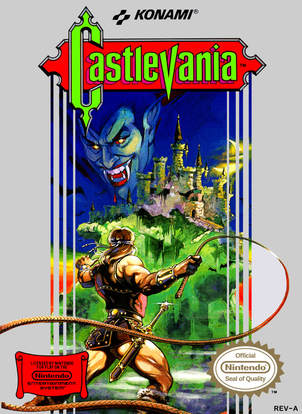
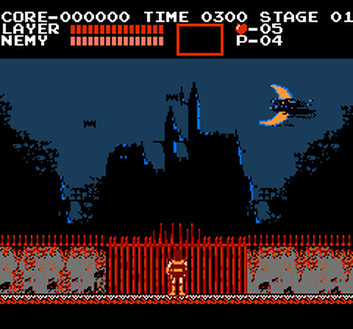
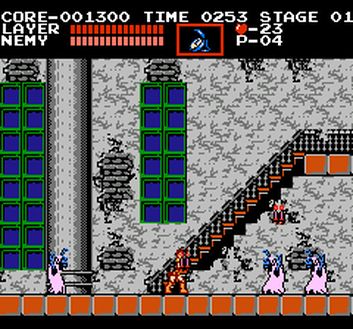
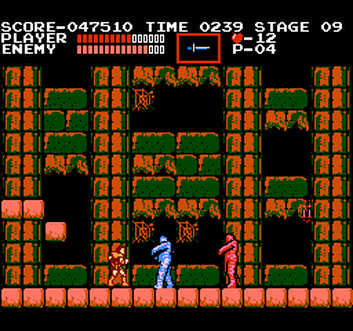
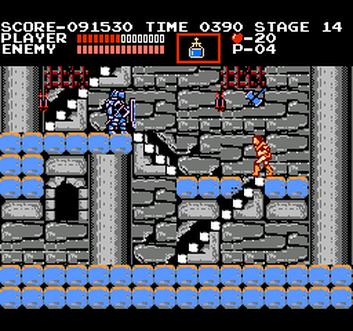
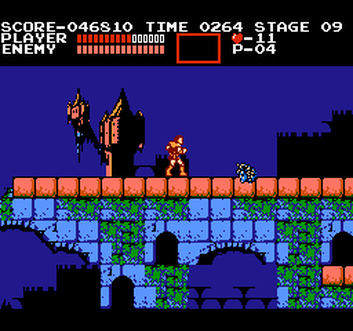
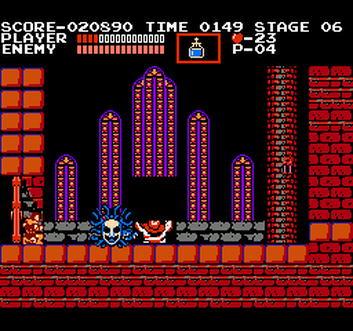

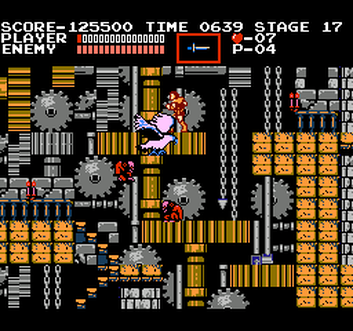
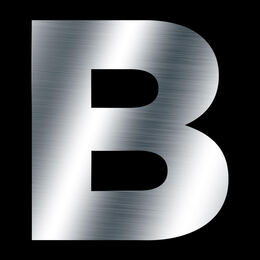
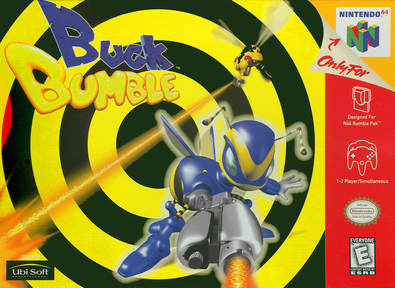
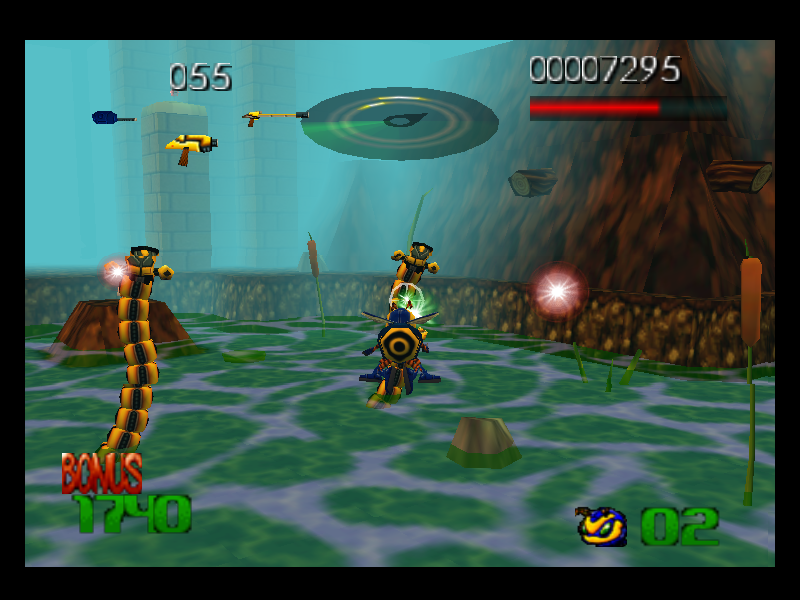
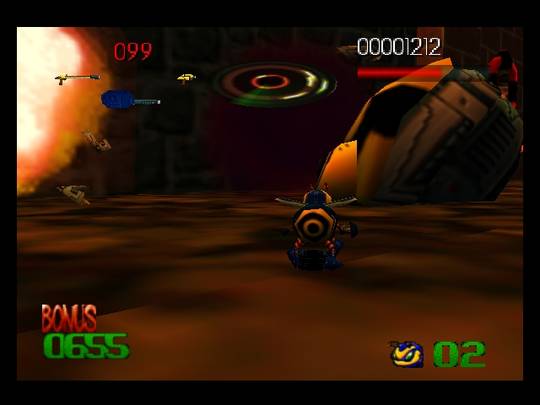
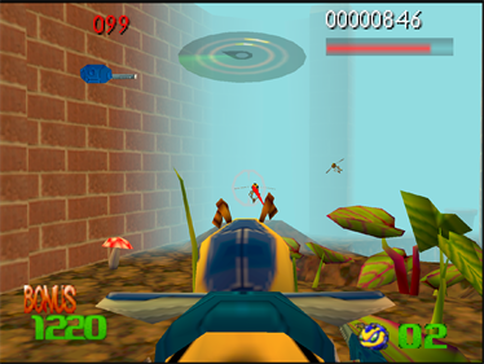
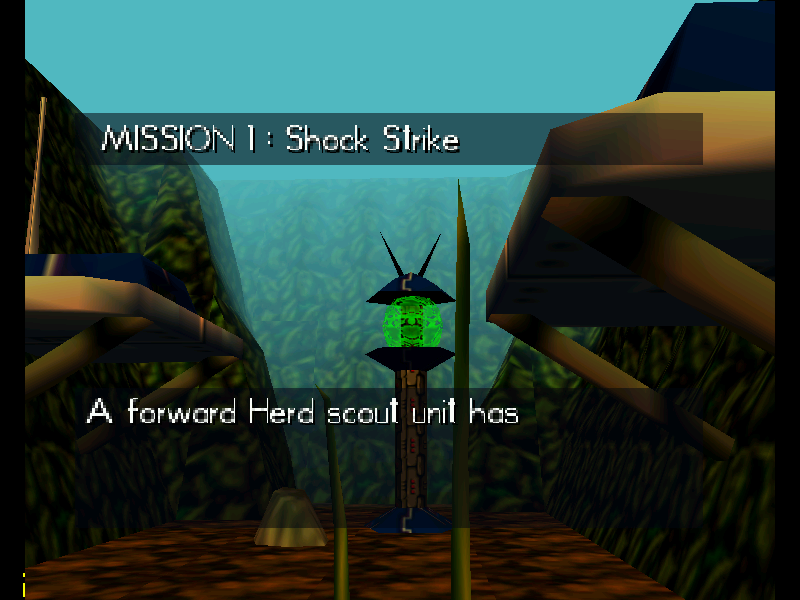

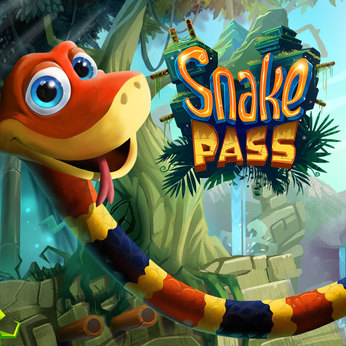
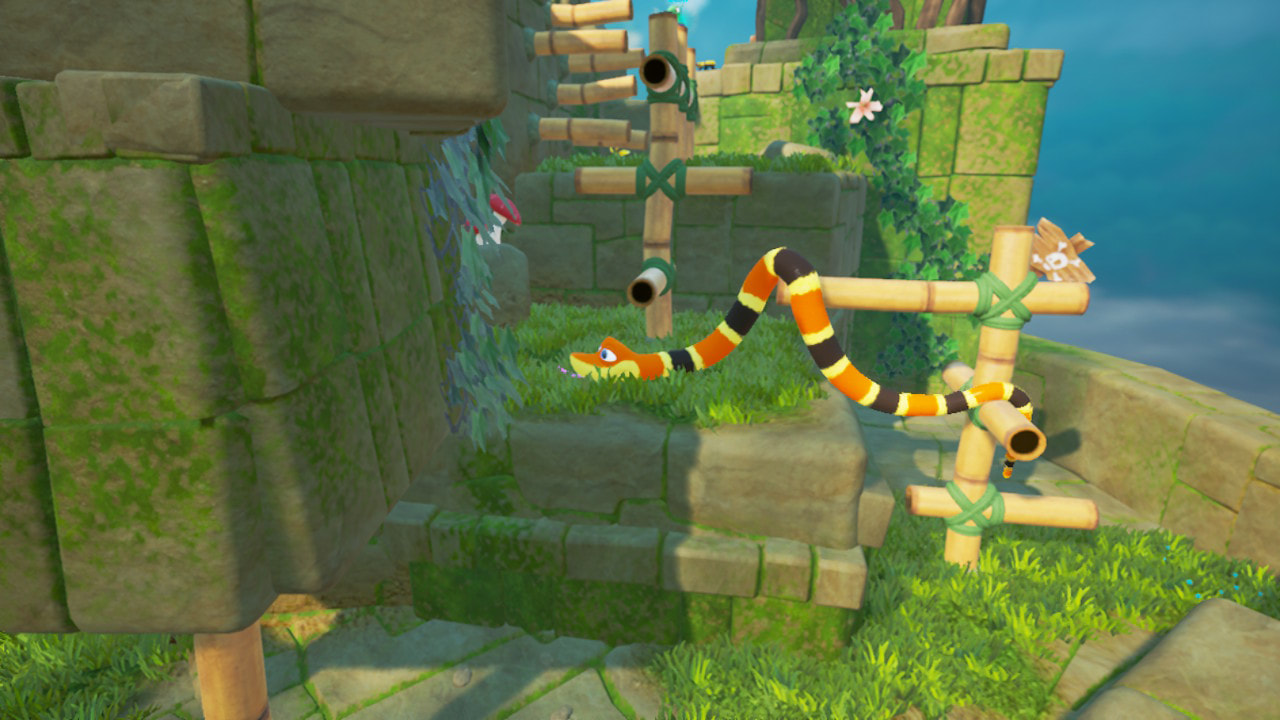
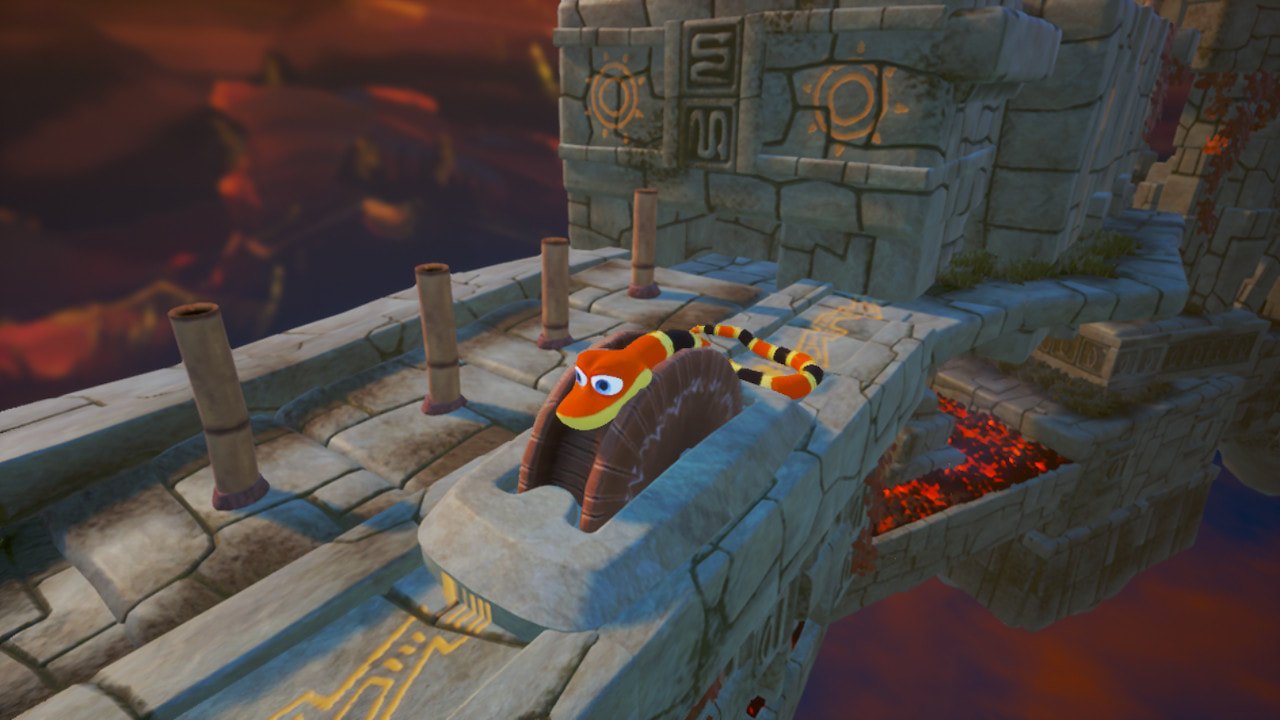
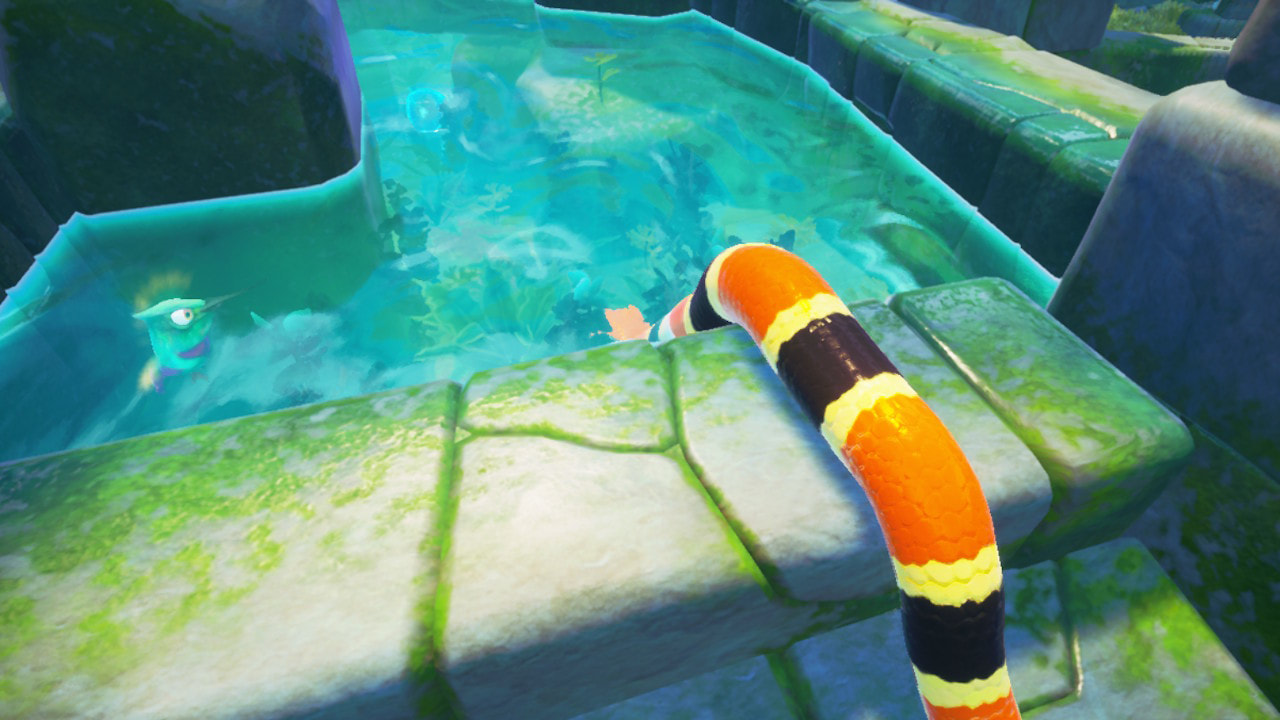
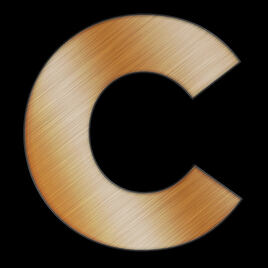
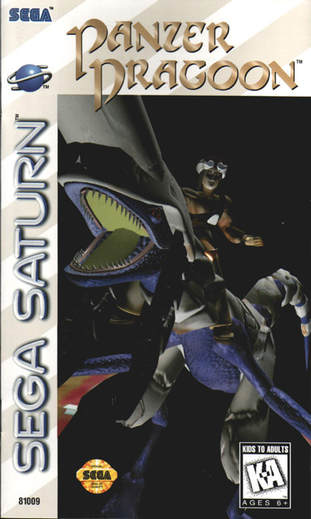
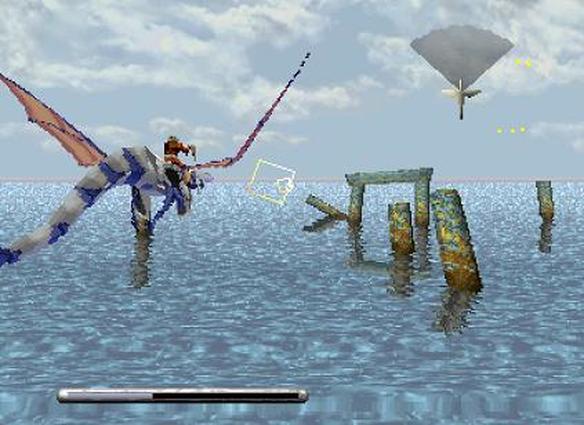
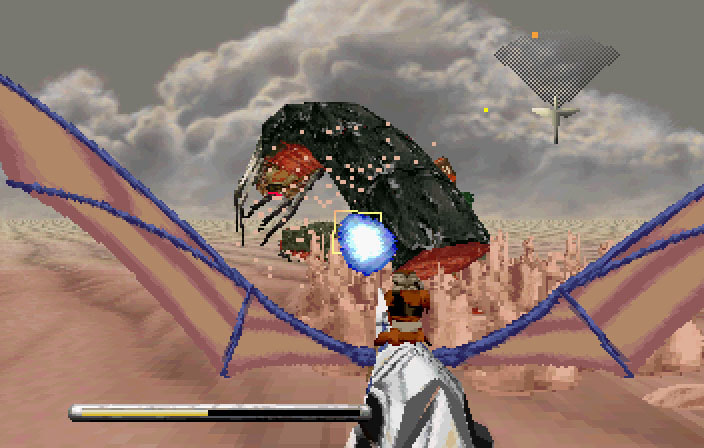
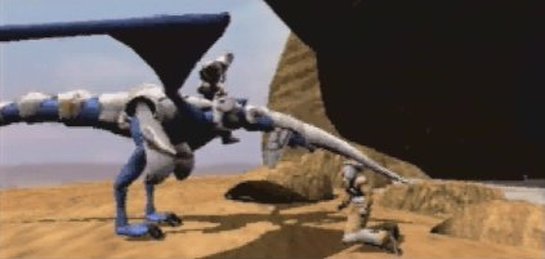
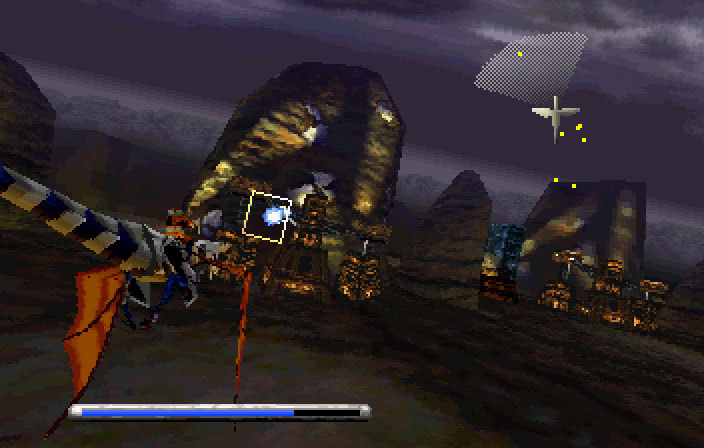

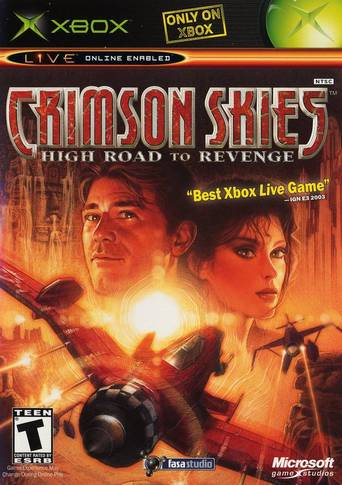
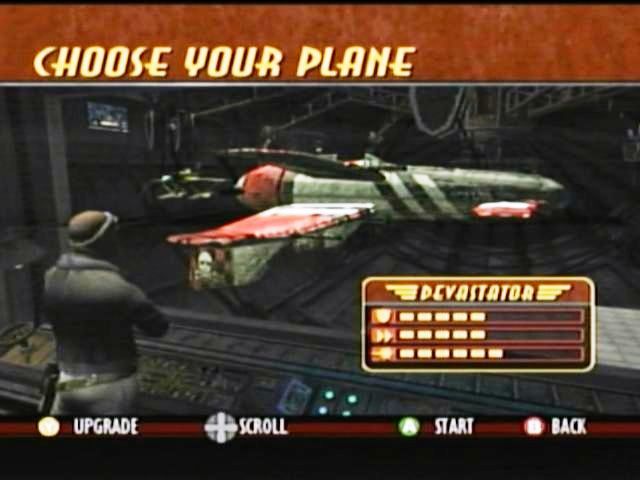
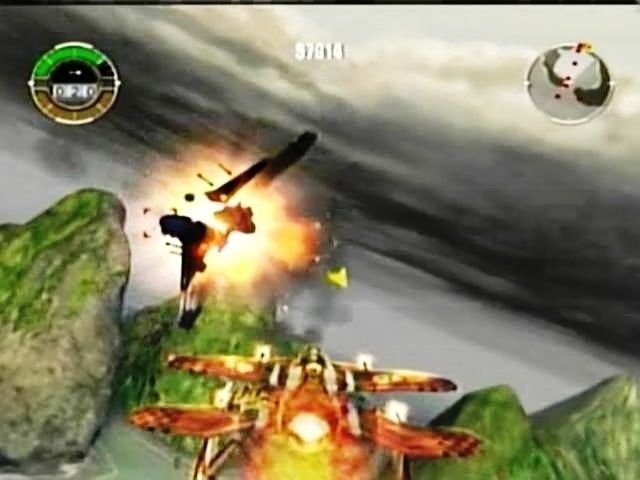
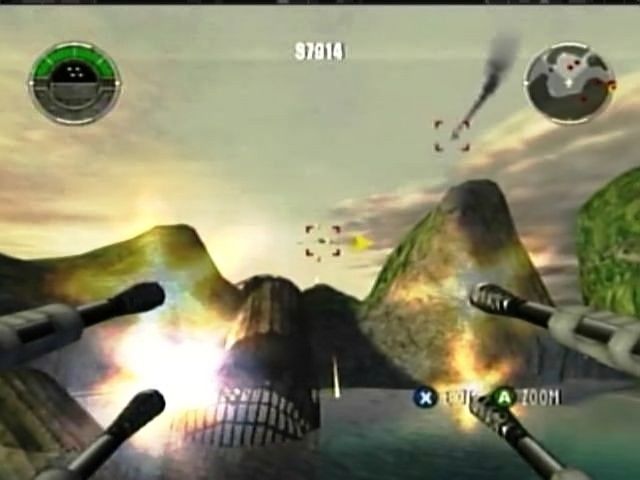


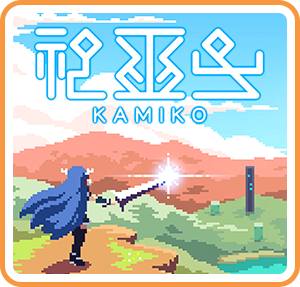
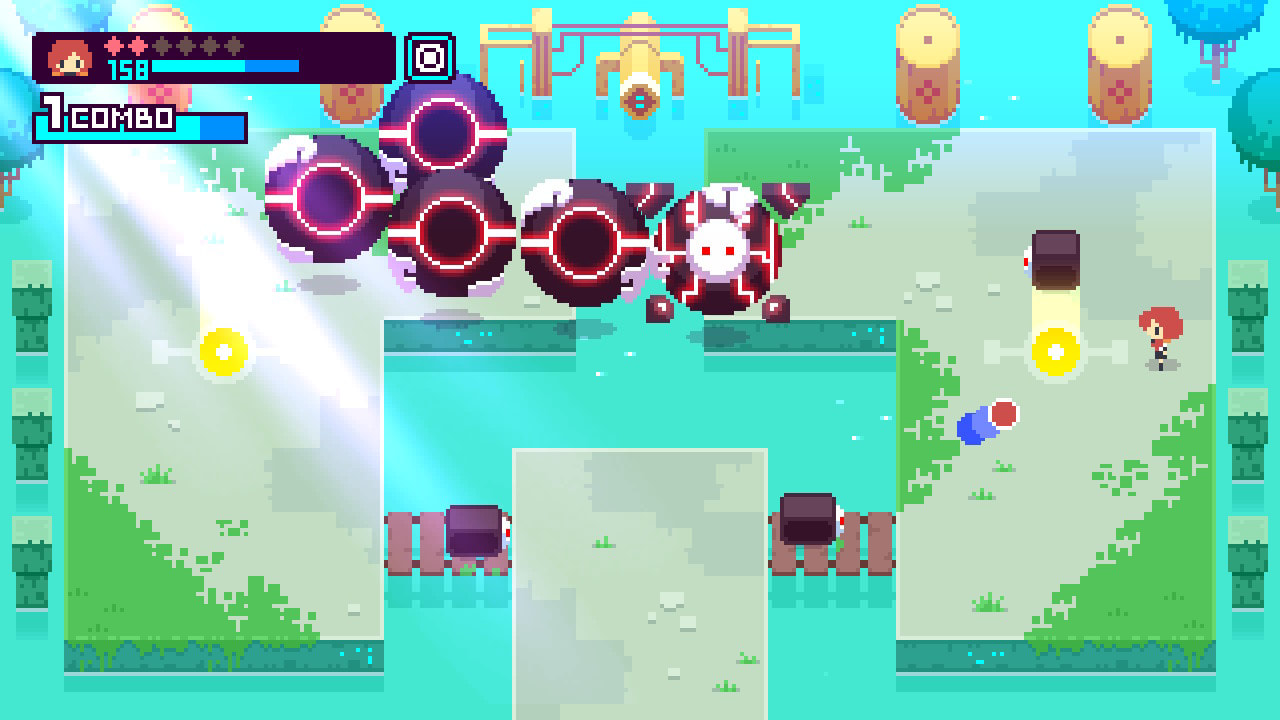

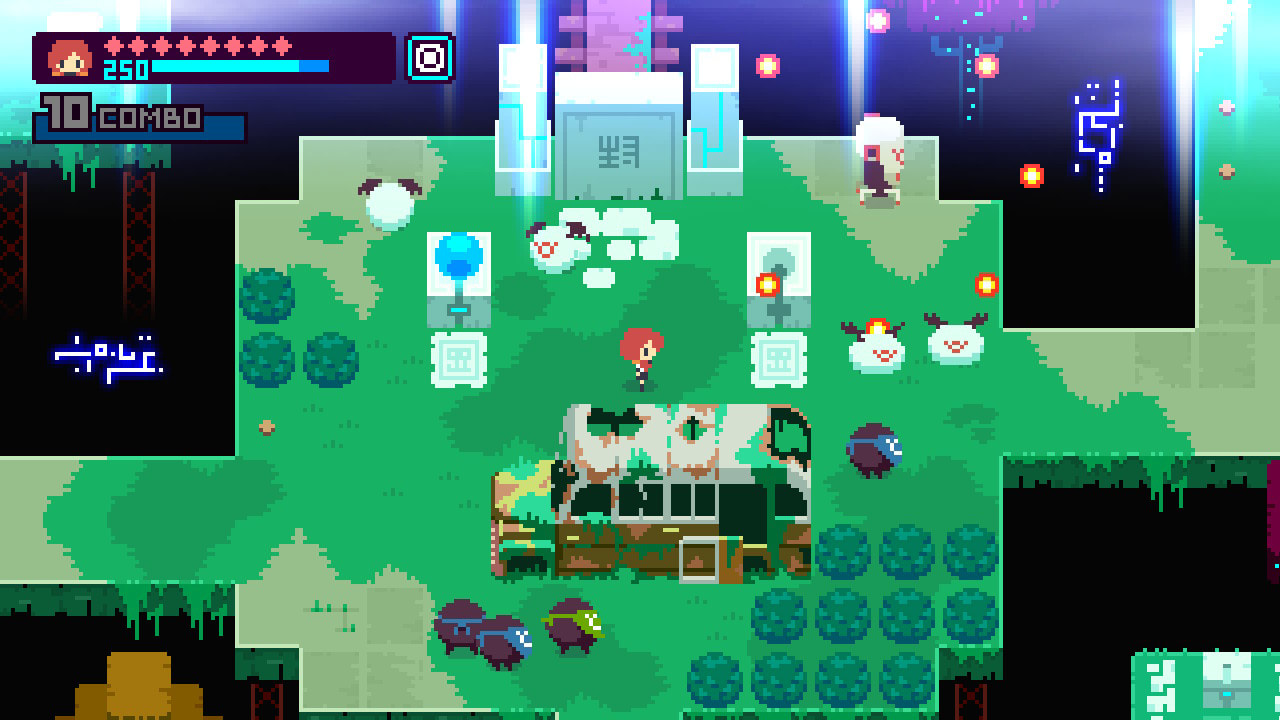
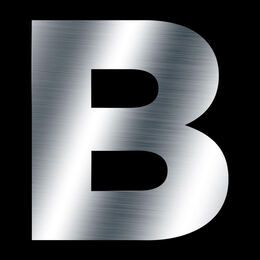
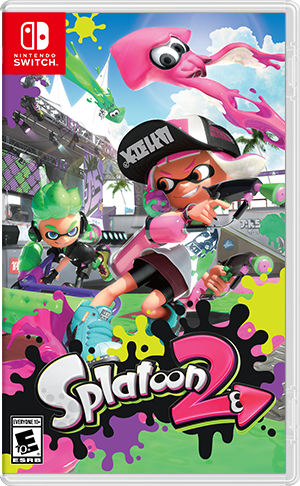
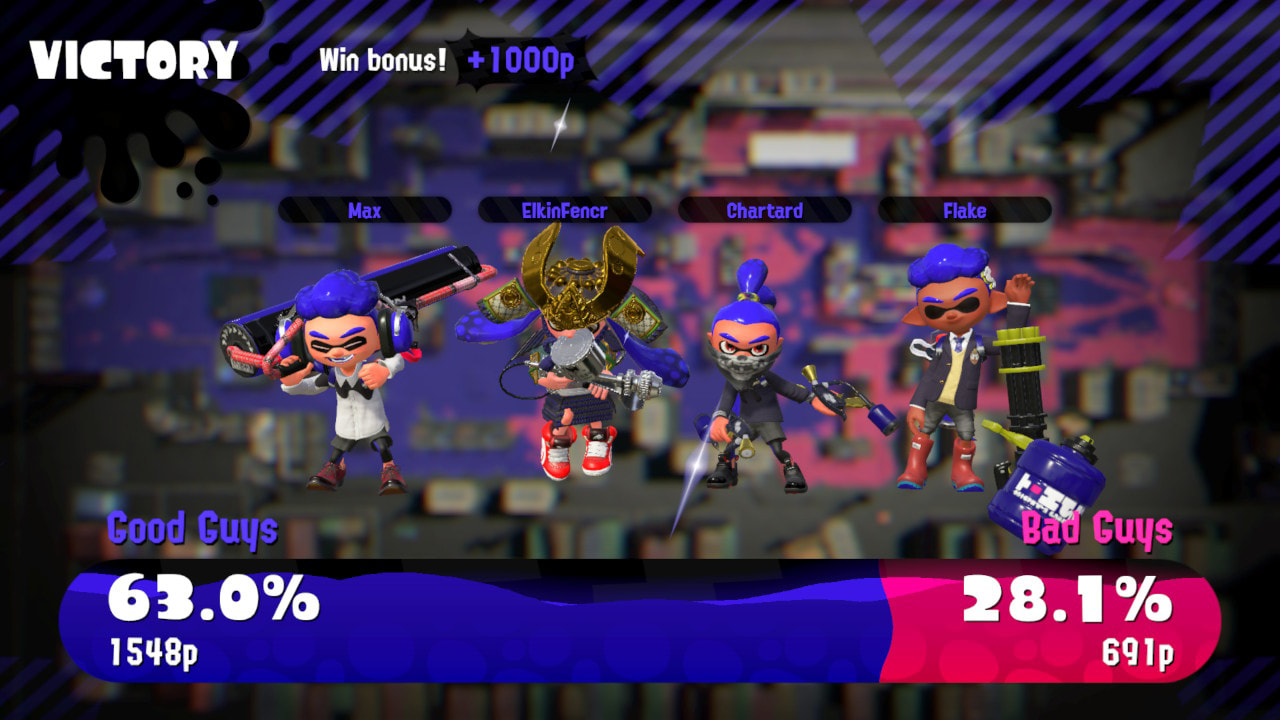
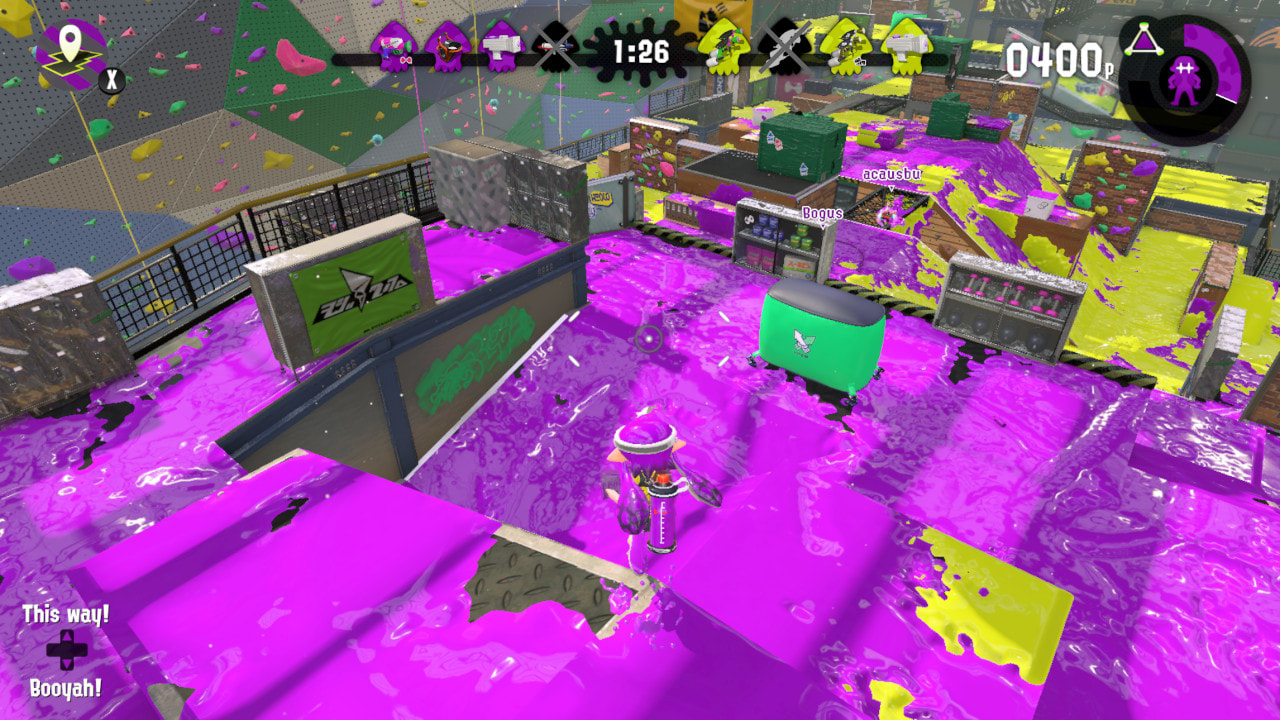
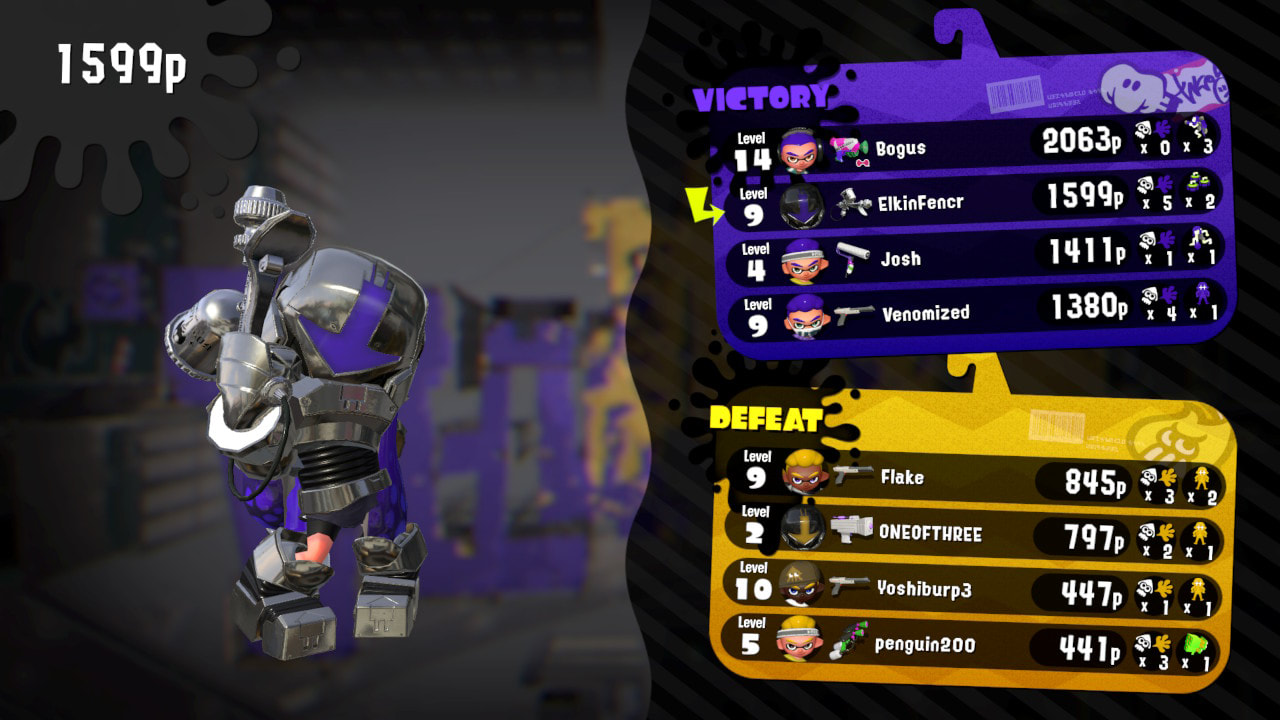
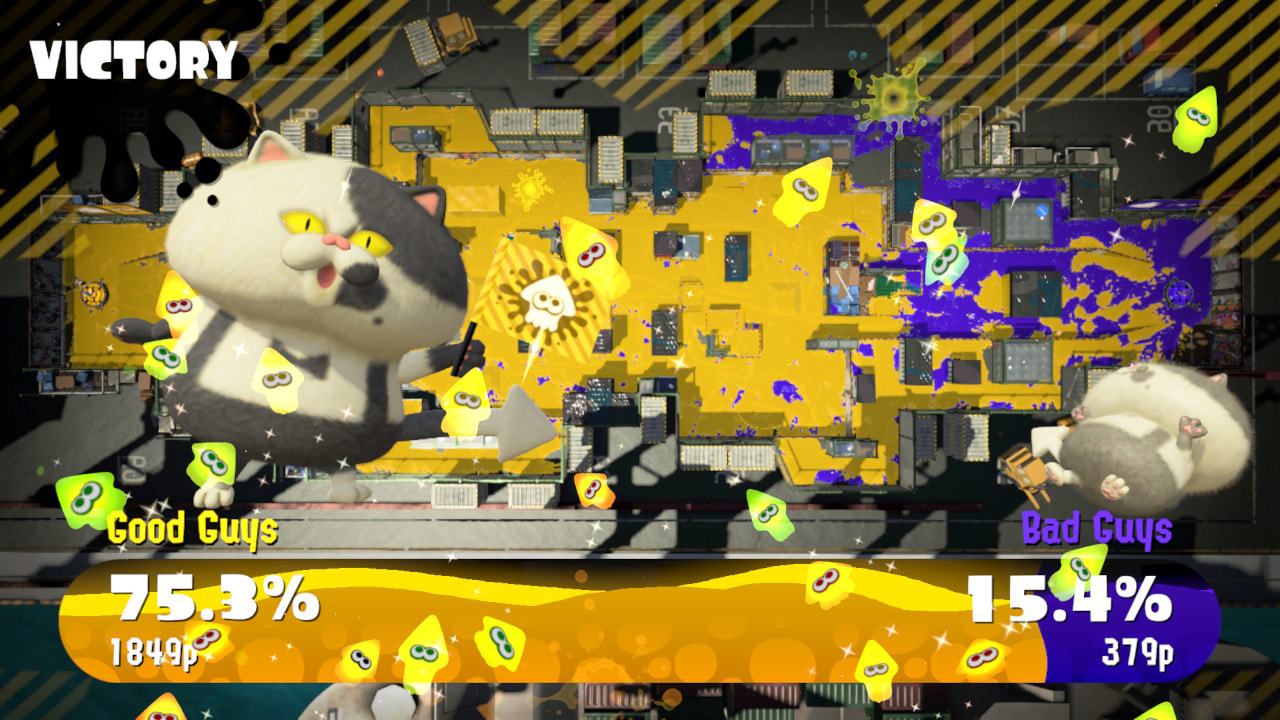
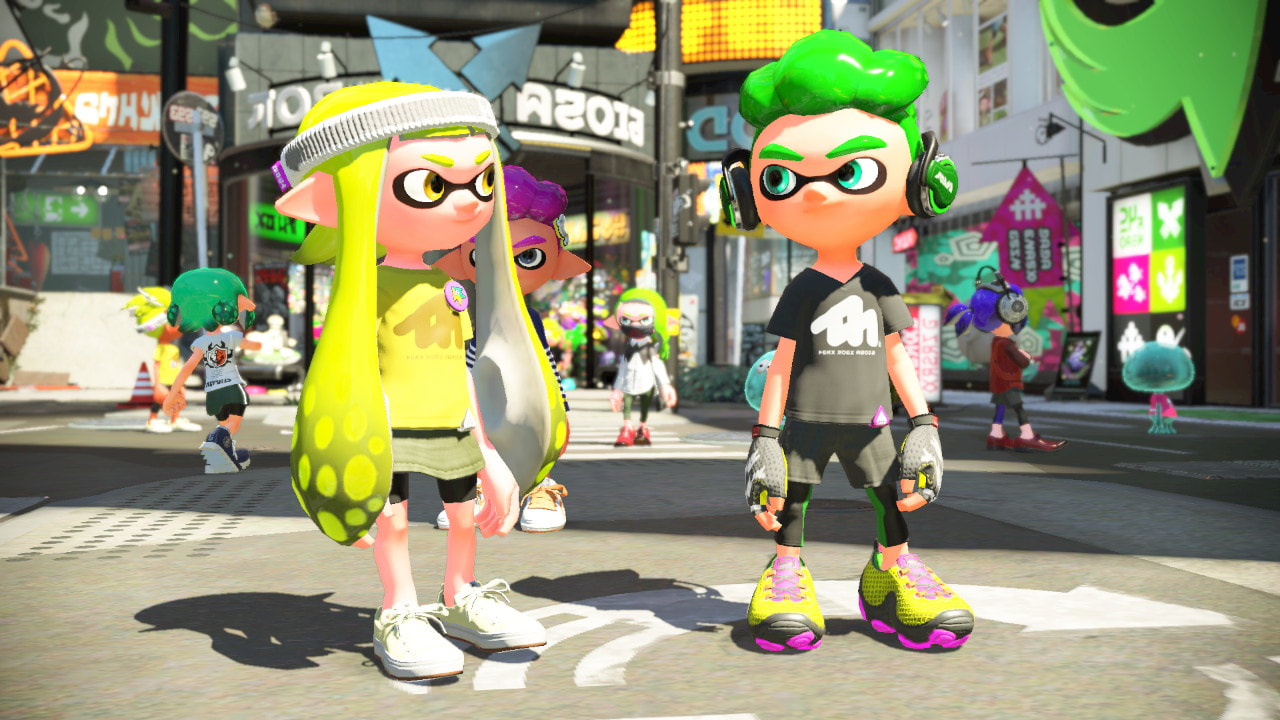


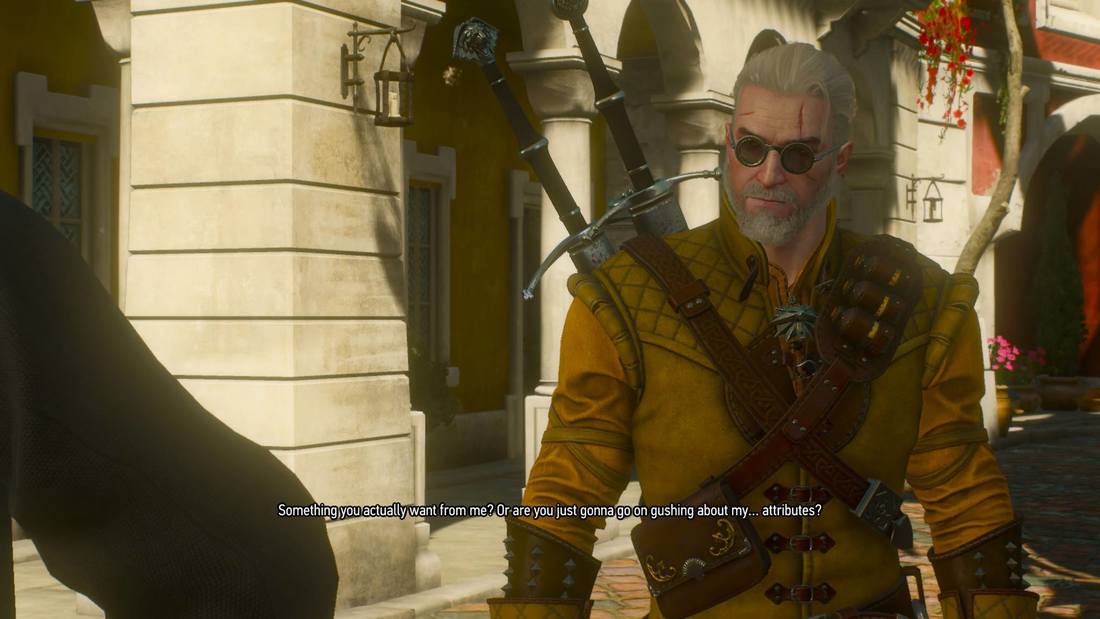
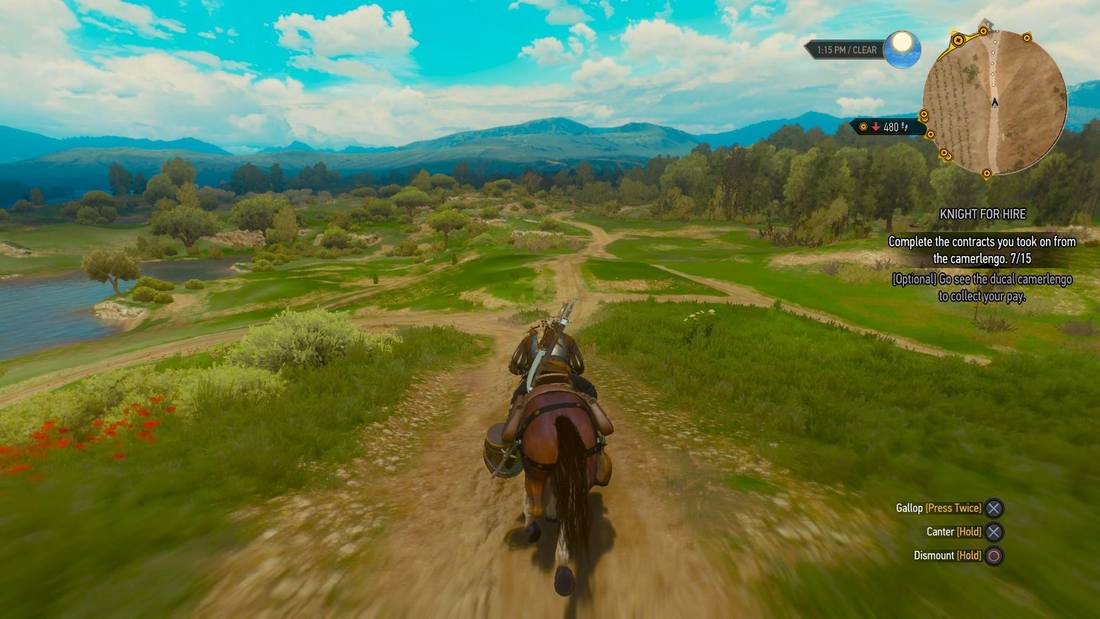
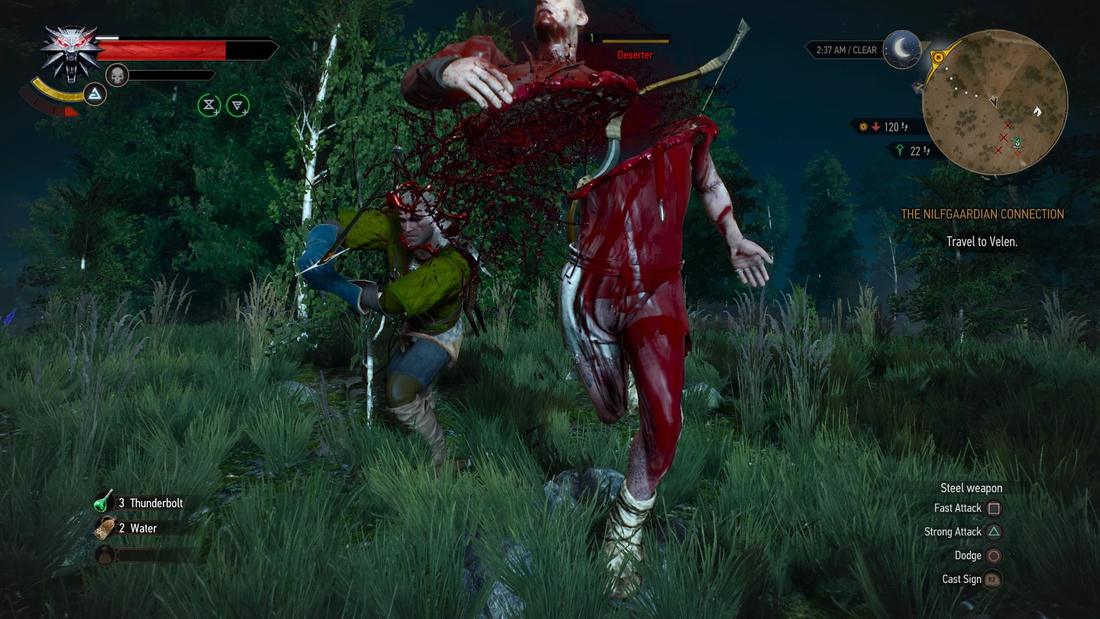
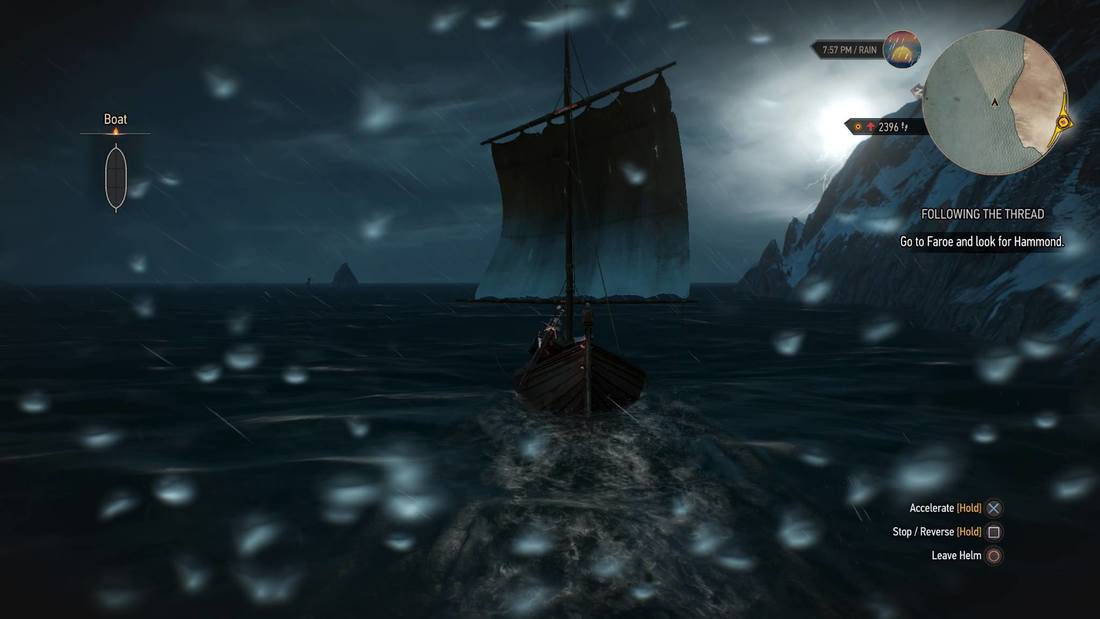
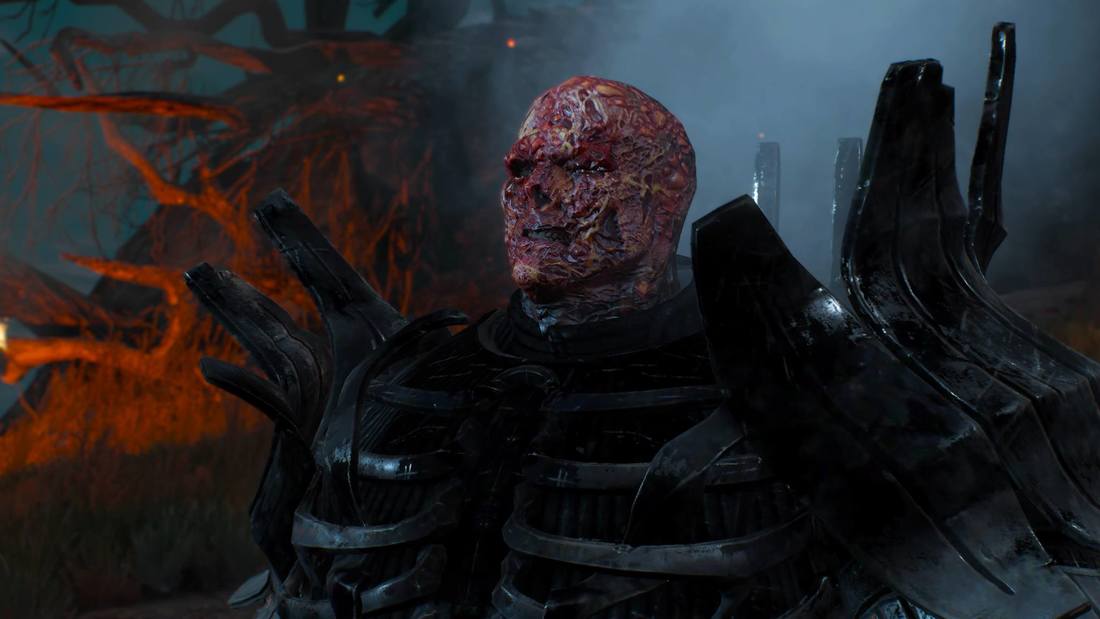
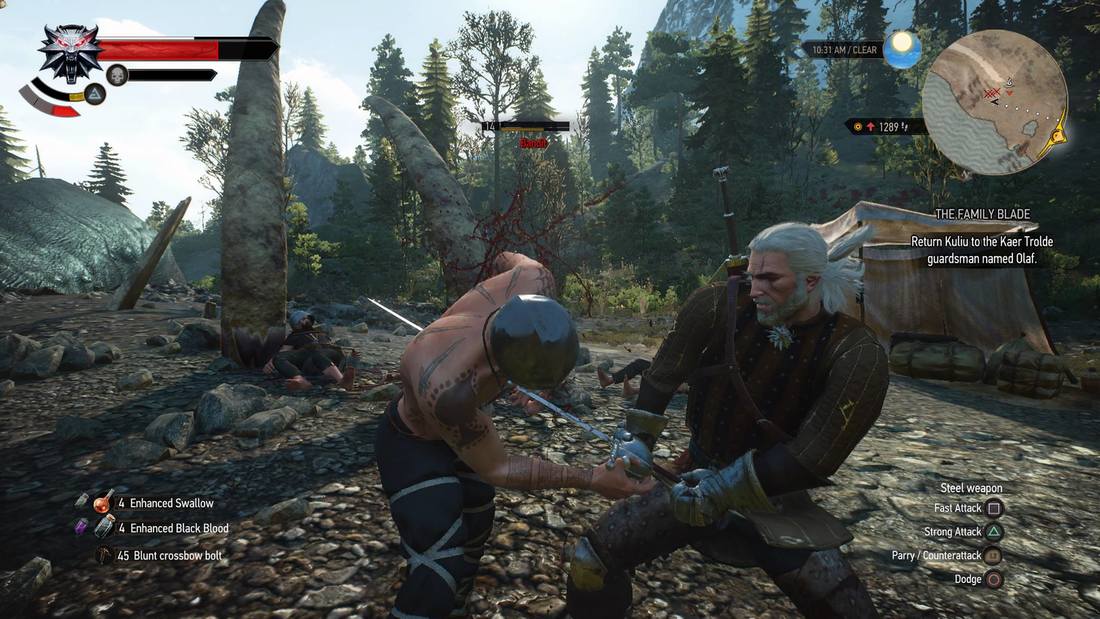

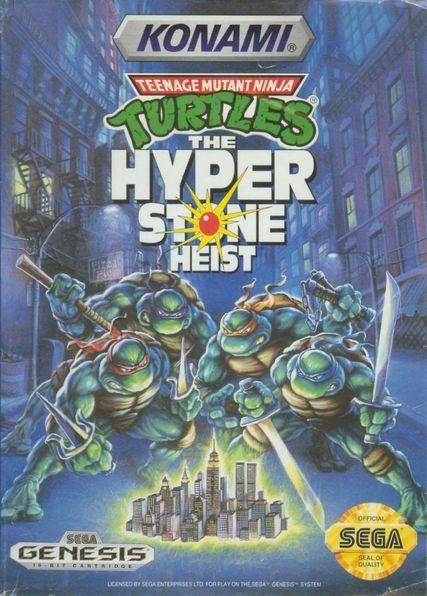
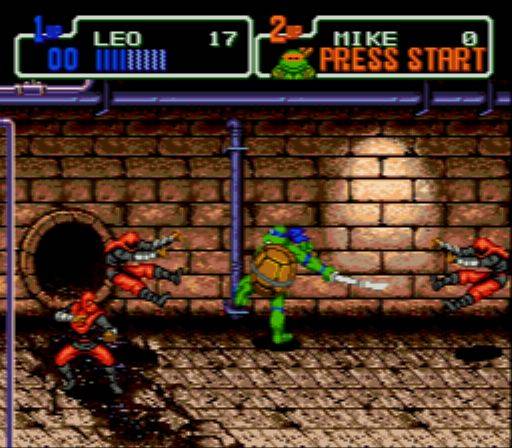

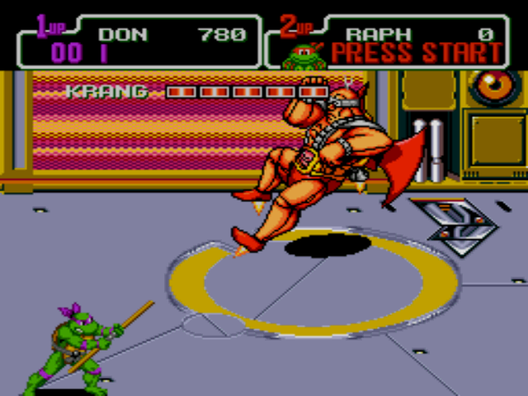
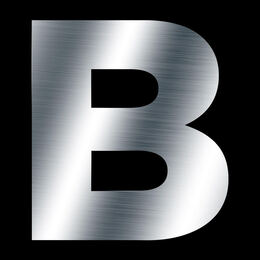
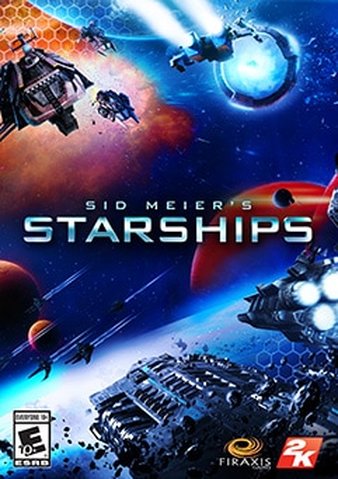
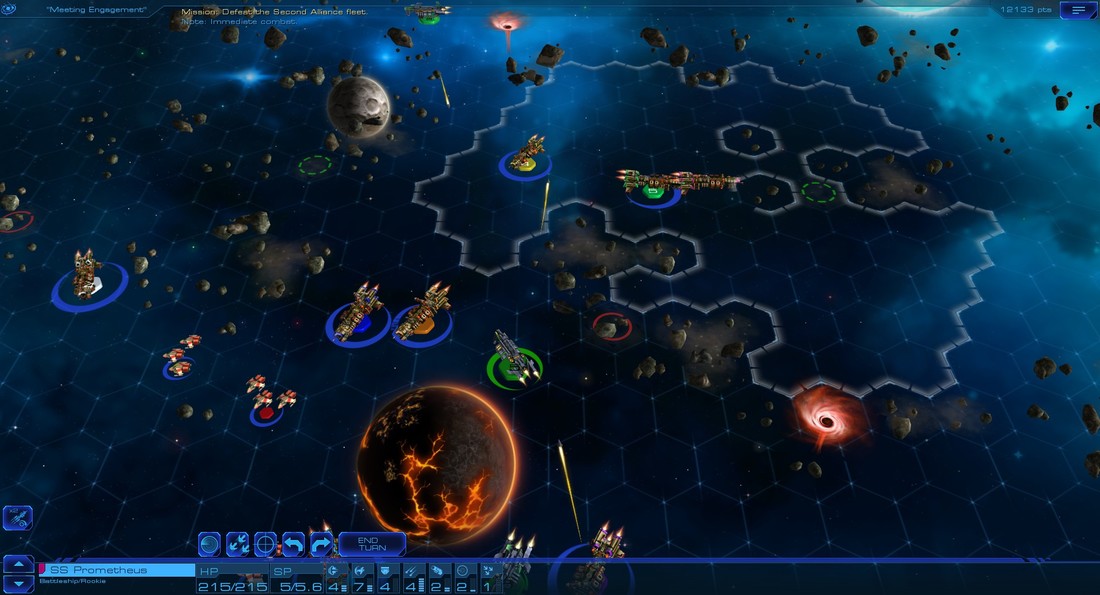
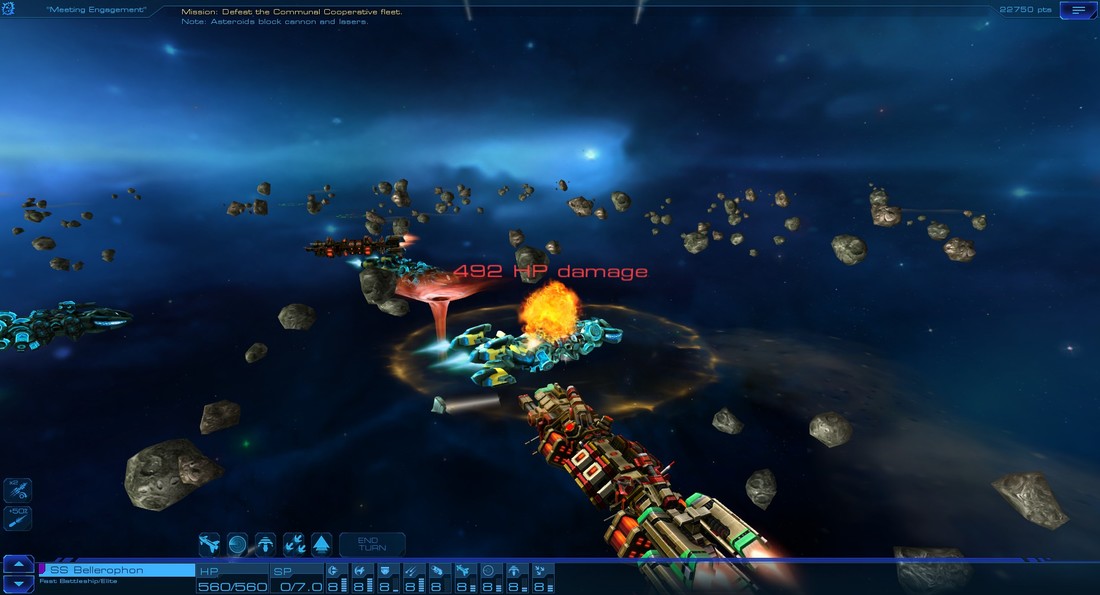
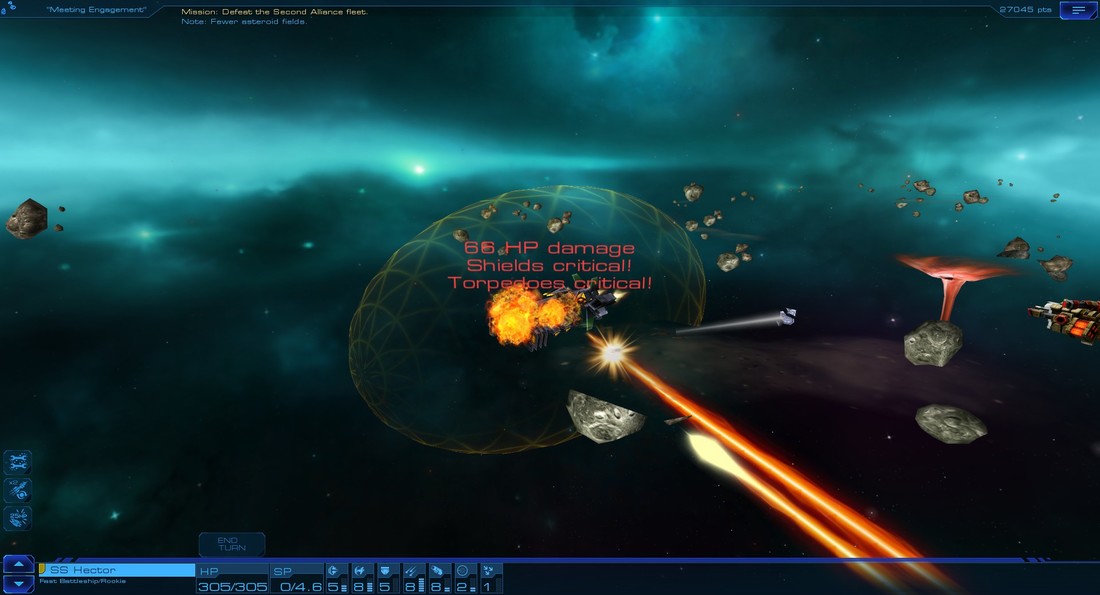

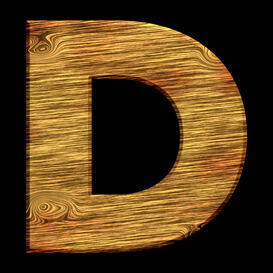
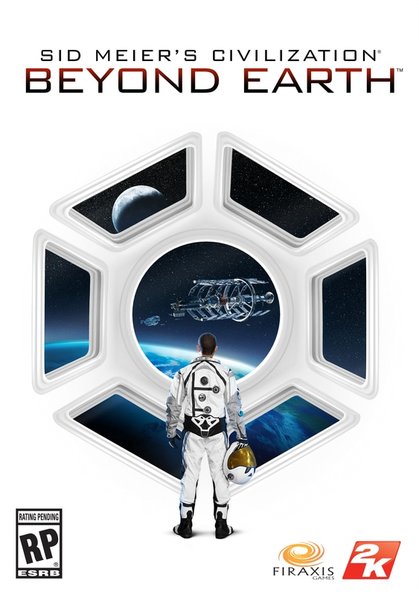
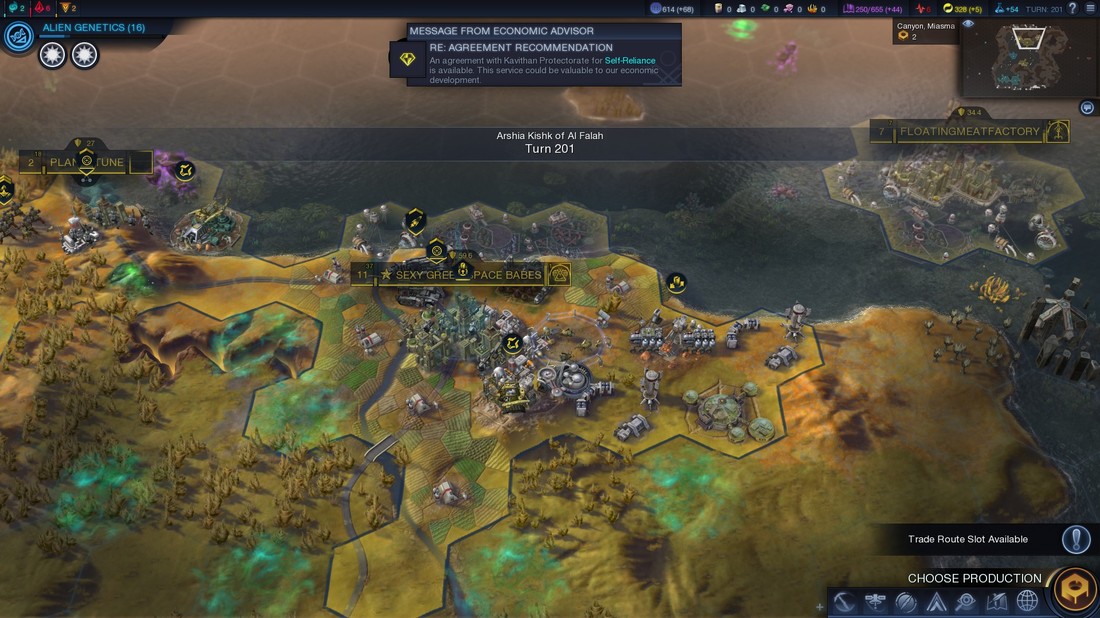
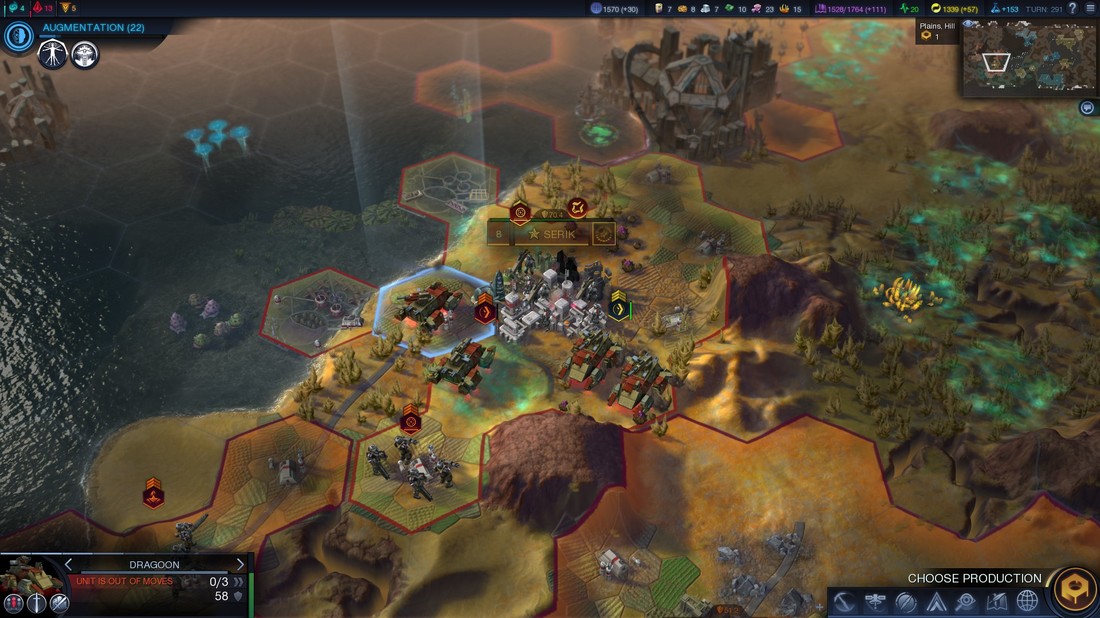
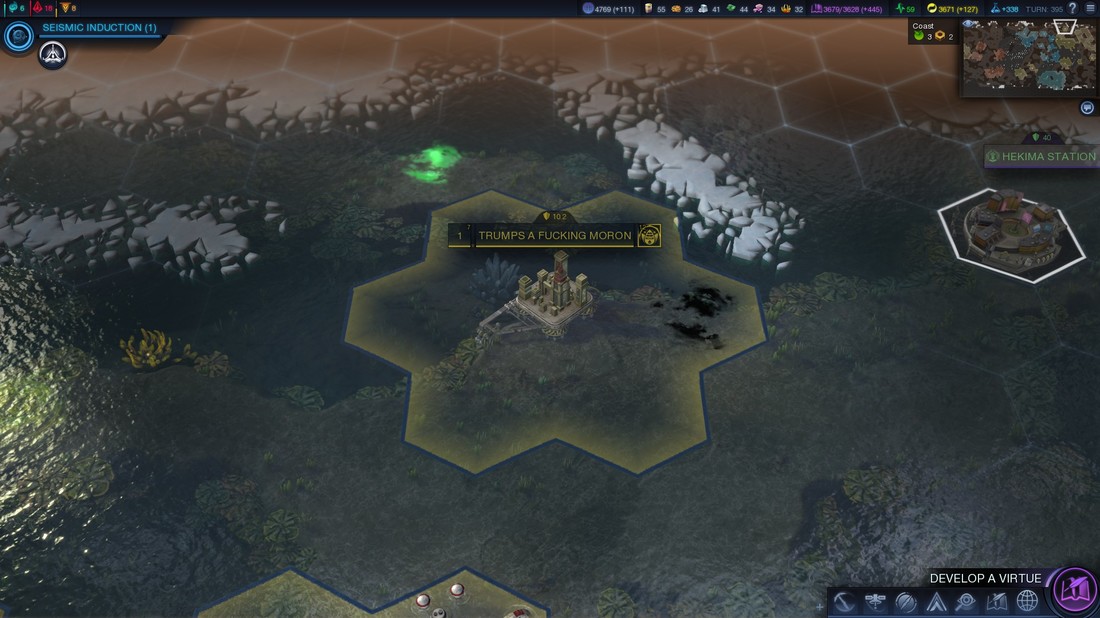
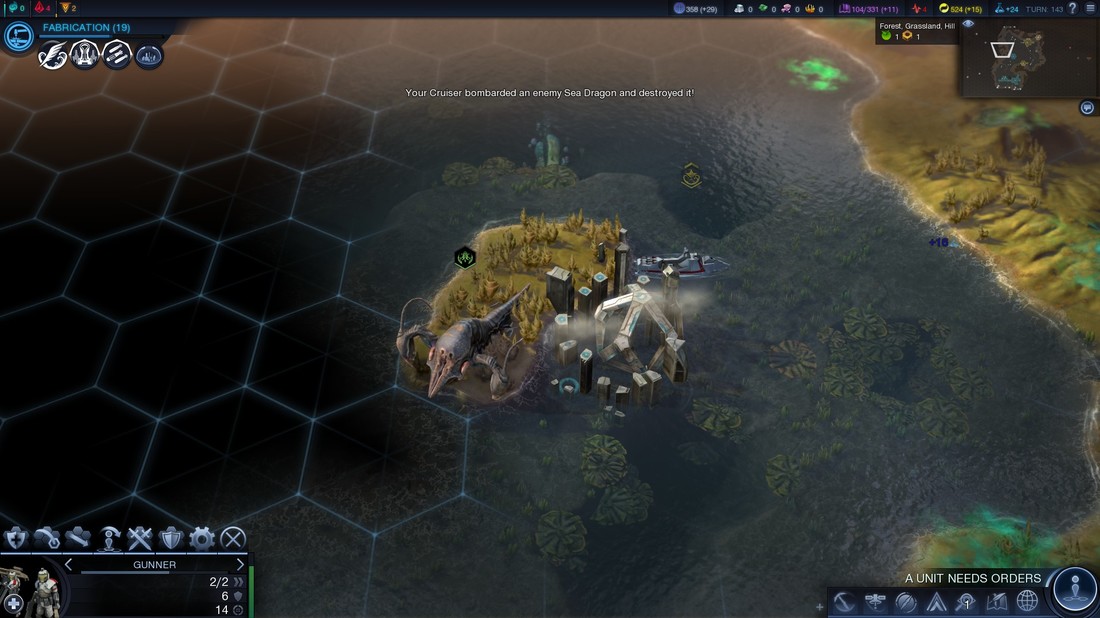
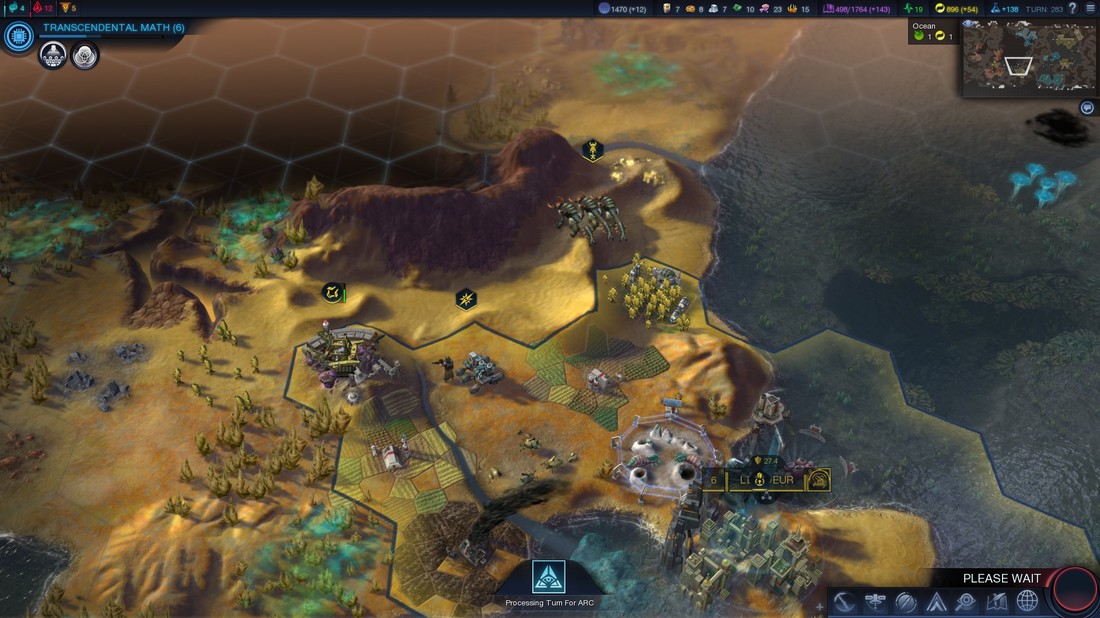
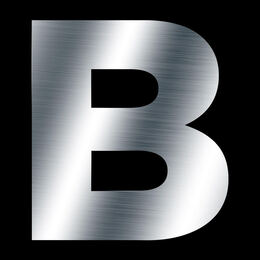
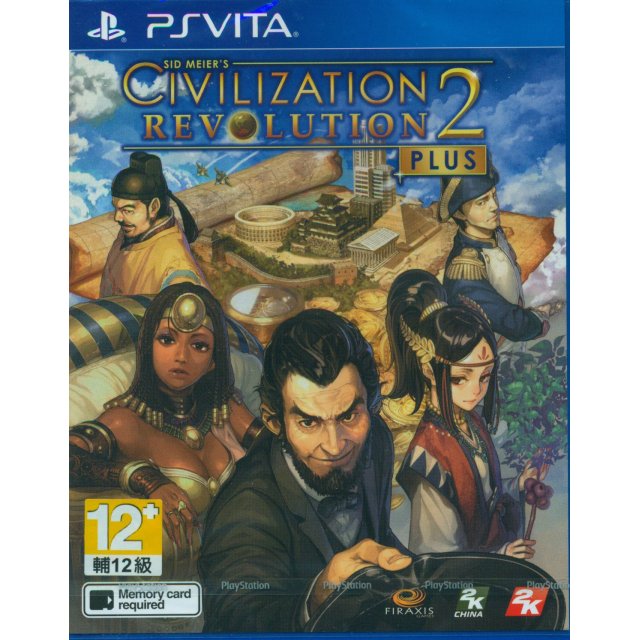
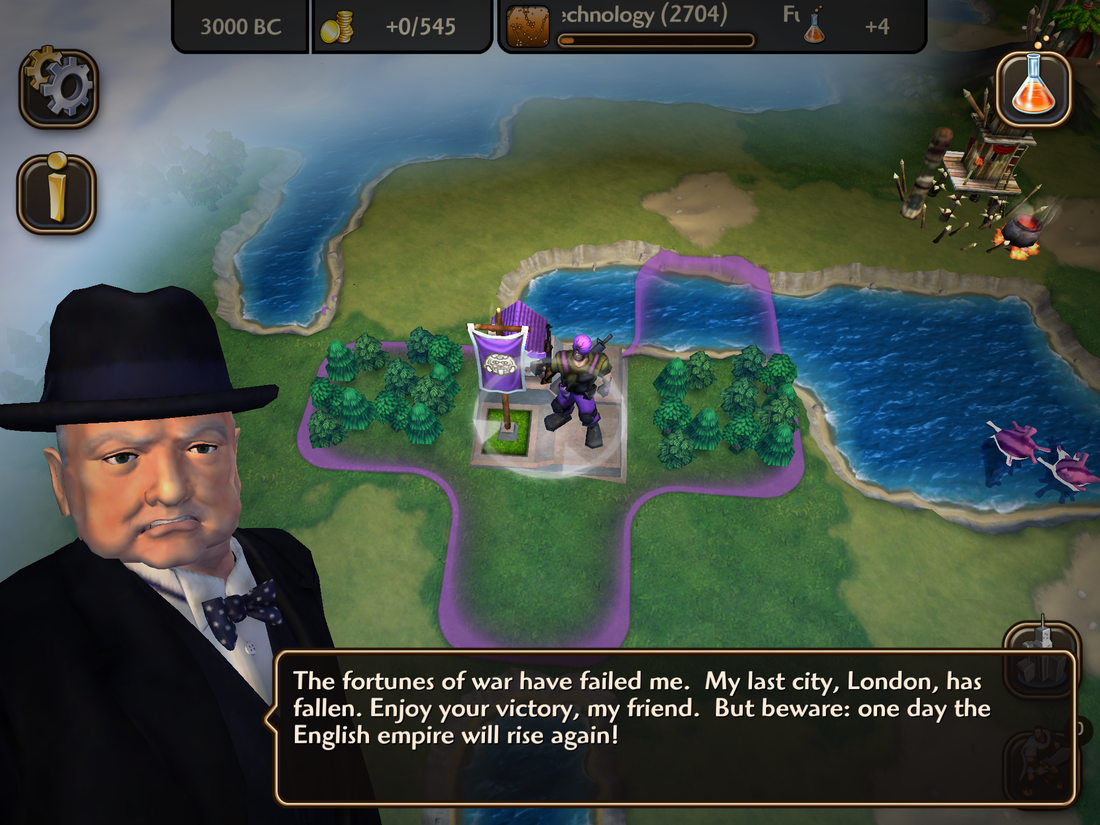
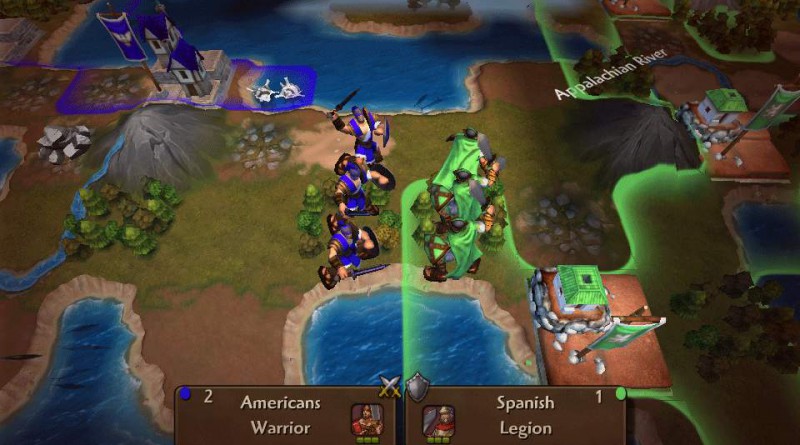
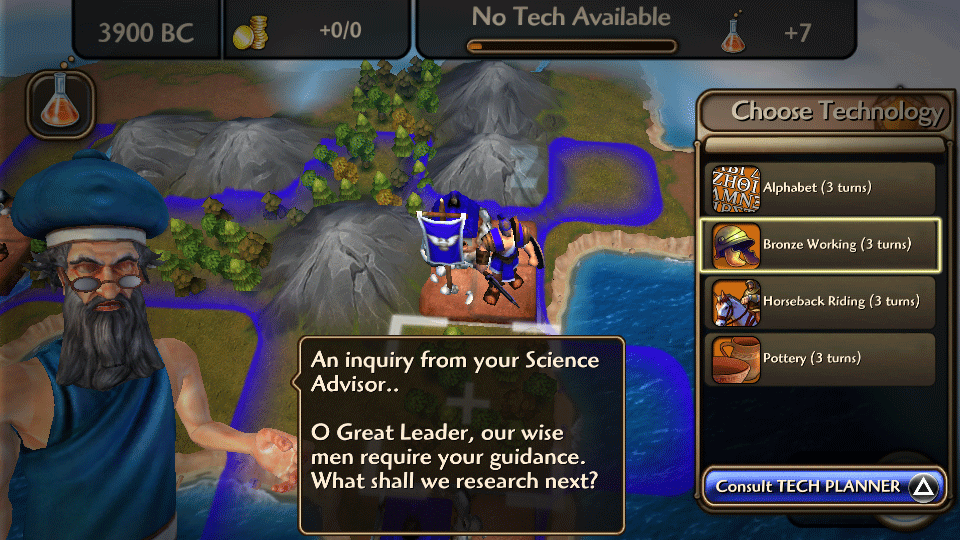

 RSS Feed
RSS Feed
